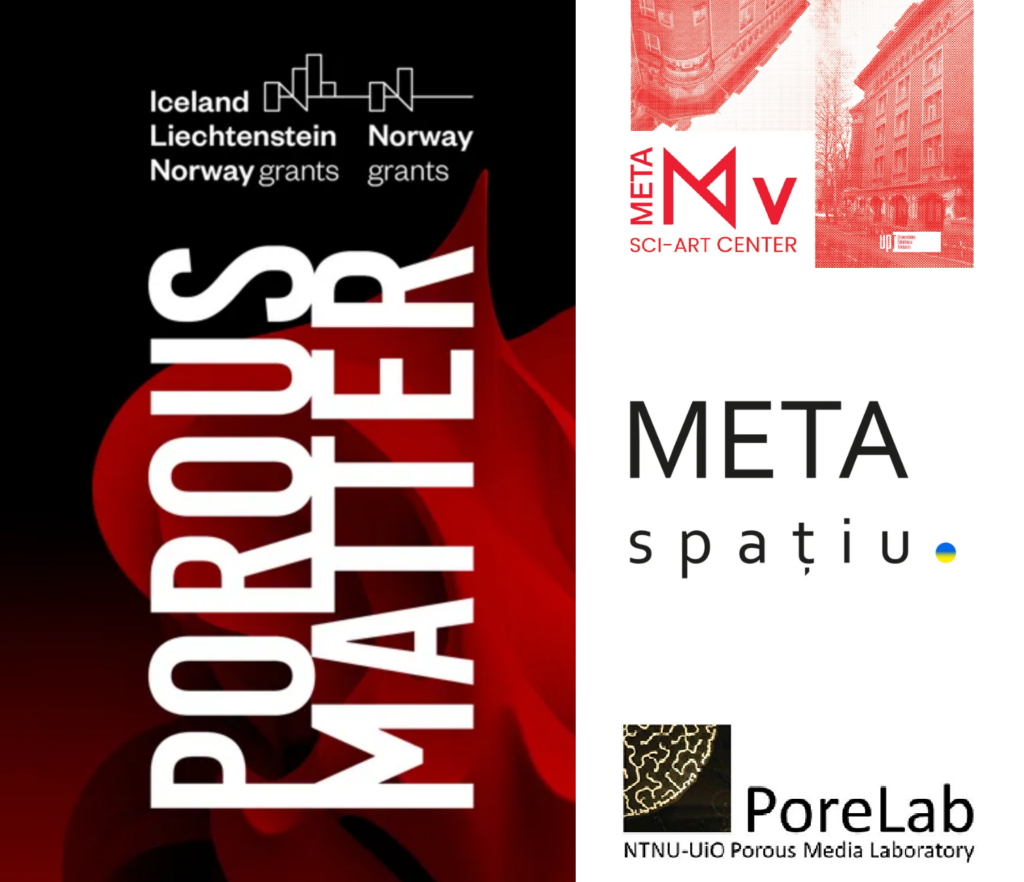
About the project
The project, POROUS MATTER. Void fractions in materials, ideas and society, is a collaboration between the META Spațiu contemporary art gallery in Timișoara, Romania, Politehnica University in Timisoara and PoreLab in Norway. It is financed by a grant from Iceland, Liechtenstein and Norway through the EEA and Norway Grants.
The Polytechnic University of Timișoara and the artistic organization META Spațiu have joined forces in creating a flagship cultural center, MV Sci&Art, that opened its doors to the public on May 19, 2022.
The center has three main directions: a contemporary art gallery, a Sci&Art incubator, and a multi-media dynamic cultural events program. PoreLab, through a bilateral initiative, is part of the Sci&Art incubator.
The main idea of the project is to build a program of transdisciplinary cooperation between artists (student level or established) and scientists, and to integrate art and science into a strong developed program that can contribute to innovation. The objective is to create a new type of sustainable interaction between art, science, and technology, focused on the way in which artistic and scientific experiments can give birth to different ideas and attitudes and can contribute to the configuration of future societies – or future realities – on various levels (communication, new experiences, societal debates, interventions in scientific processes and supporting the individuals’ personal development). The contribution of art and science collaborations can prove themselves essential for the development of the future cultural reality of Timișoara 2023 European Capital of Culture – Connections territory, Reflections stations, Horizons of knowledge route (bid-book), and the consolidation of cultural and creative sectors. This initiative is meant as well to foster the contemporary creation, production and transdisciplinary collaborations between science and art.
The project plans exchange visits between PoreLab and MV Sci&Art, an exchange program between artists and scientists, mentoring courses and producing a bilateral exhibition by the end of the project
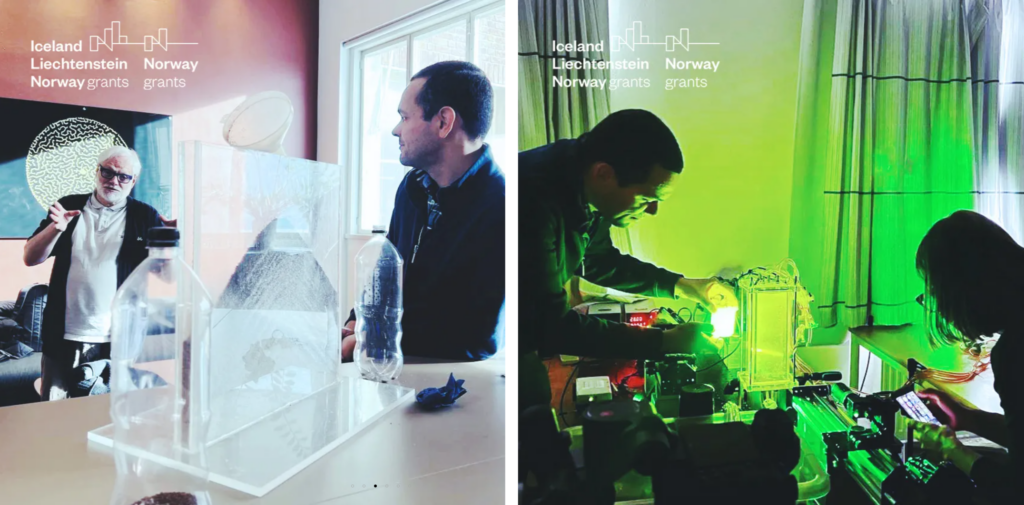
About the exhibition
The exhibition “POROUS MATTER. Void fractions in materials, ideas and society” opened its door on September 15th , 2023, located at Politehnica University in Timisoara, Romania. On September 16th, 2023, following the exhibition opening, a guided tour was led by the curator, Mirela Stoeac-Vlăduți, alongside the artists.
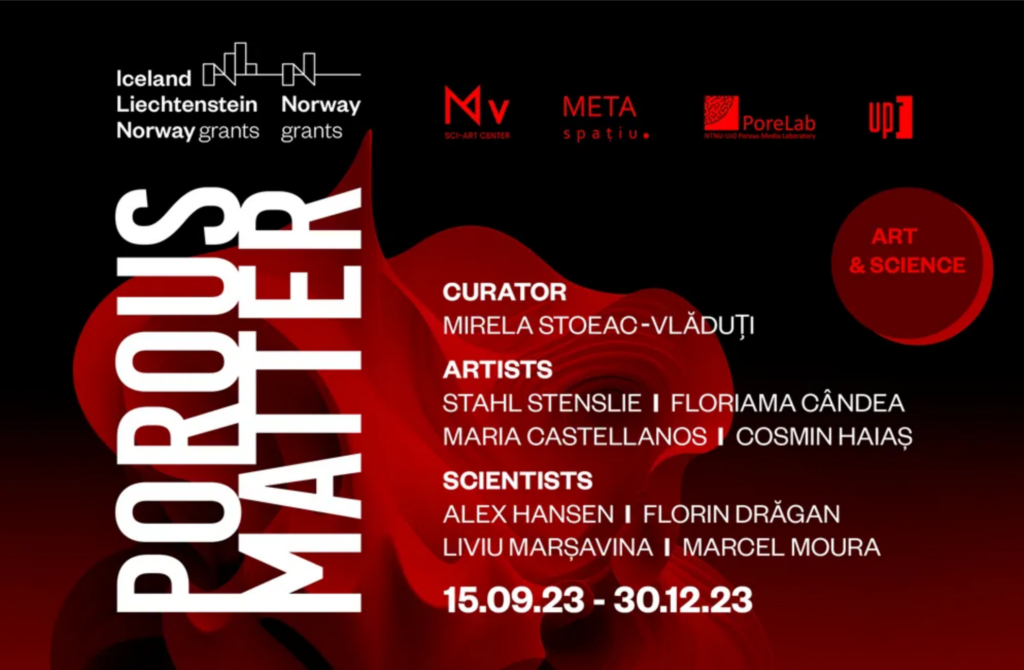
POROUS MATTER. Void fractions in materials, ideas and society delves into the concept of “porous matter” and explores its implications in various contexts. Through an interdisciplinary approach that combines art, science and societal perspectives, the exhibition aims to shed light on the hidden beauty and deeper meaning of the “void fractions” in our world. The four artists from Romania and Norway – Floriama Cândea, Maria Castellanos, Cosmin Haias, Stahl Stenslie, together with four scientists – Florin Dragan (UPT), Alex Hansen (PoreLab), Liviu Marsavina (UPT), Marcel Moura (PoreLab) and the project’s curatorial team – Mirela Stoeac- Vlăduți (curator) and Loredana Nedelcu (assistant curator), examine through their works and perspectives the complex relationship between porous materials and the impact of their research on ideas and society as a whole. Through the contemporary art installations created, artistic and scientific experiments, the exhibition invites visitors to reflect on the multifaceted nature of empty fractions and their role in shaping our physical and conceptual environment.
POROUS MATTER provides a unique platform for interdisciplinarity dialogue, collaboration and exchange. By interweaving artistic expression with scientific research, the exhibition challenges conventional boundaries, arouses curiosity and opens new avenues of exploration, prompting visitors to question the permeability of the structures, the gaps in knowledge and social, ecological and technological implications arising from the concept of porous matter. As we navigate through the exhibition space, we are encouraged to consider the complex interconnectedness of materials, ideas and society: from the microscopic voids in porous substances to the intangible gaps in our understanding, “porous matter” offers an engaging journey that expands our perception and invites us to reimagine the world around us.
The exhibition POROUS MATTER is the result of a close collaboration between artists, scientists, curators and collaborators from the three partner universities, which began as early as 2022 with lab visits, the performance of numerous scientific experiments, working sessions and multiple dialogues.
Videos in Romanian and English on the exhibition here: https://www.facebook.com/watch/?v=1373168506628091
here: https://www.facebook.com/watch?v=841251437445064
and here: https://fb.watch/n7YSEOaiZb/
Article in Romanian about the exhibition here: Expoziția Porous Matter de la Meta Spațiu – PropagArta
This is the website of the project: POROUS MATTER. Void fractions in materials, ideas and society – META Contemporary
This is the gallery that hosted the exhibition, lots of pictures there: https://www.facebook.com/mvsciart

Mirela Stoeac- Vlăduți is the curator of POROUS MATTER and director of MV sci-art center. Her main objective is to contribute to the creation of a fertile ground for intersectional ideas and perspectives.
The POROUS MATTER project is a complex one, which started back in 2021, when together with excellent partners from PoreLab in Norway and the Polytechnic University in Timisoara, we realized how important it is to create a closer connection between artists and scientists.
Alex Hansen, director for PoreLab, says about the project POROUS MATTER:
As a theoretical physicist, my work is quite inaccessible to the world outside my field. I need to use the language of mathematics to express my thoughts, and only those that share this language are able to appreciate – or criticize – them. As a theoretical physicist, I work with Nature to understand her. One of her languages turns out to be mathematics, and my work consists in listening to her in that language. As a theoretical physicist, I need to ask her questions. When my questions become precise, her answers always contain great beauty. This is the beauty that is only shared with those who know the language of mathematics. The challenge of the POROUS MATTER project is to convey the beauty of Nature beyond this language.
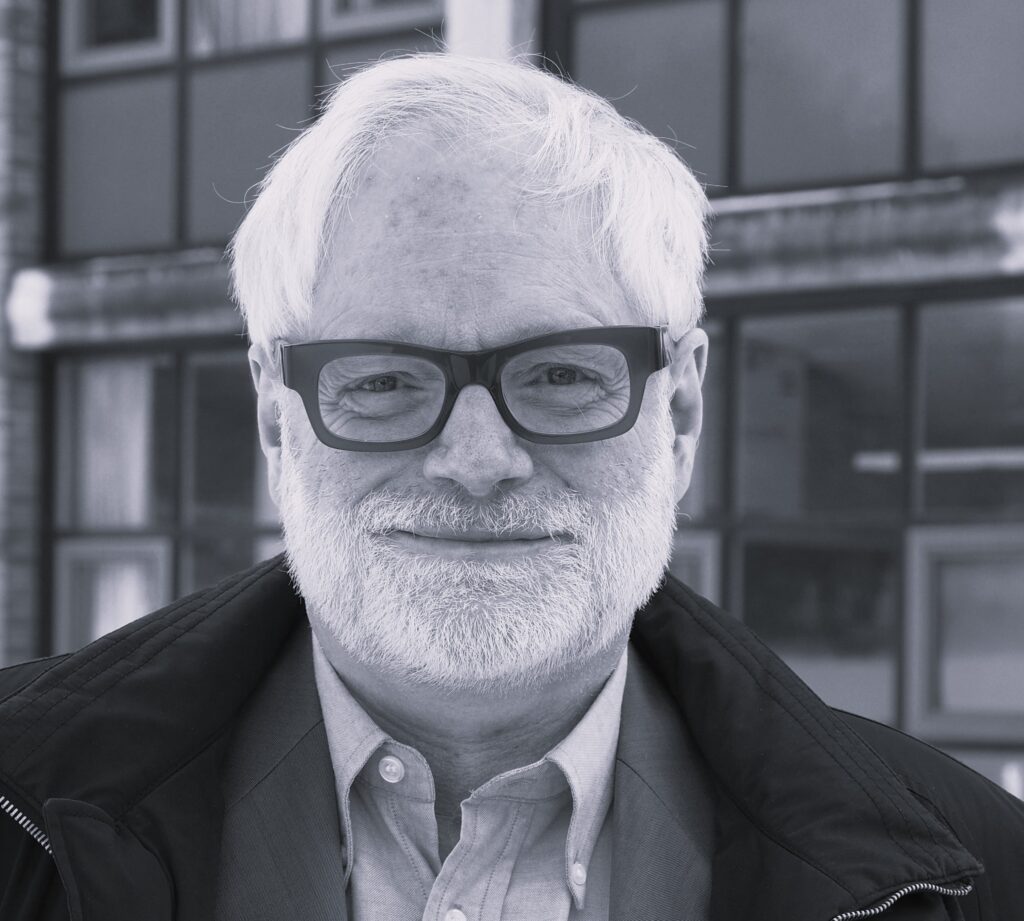
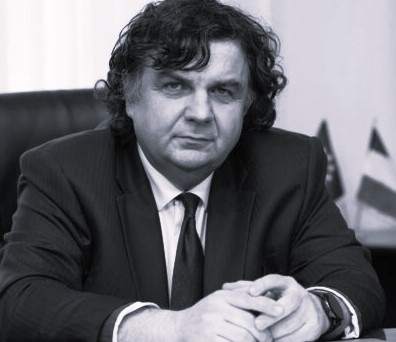
Florin Drăgan is the rector of Universitatea Politehnica Timisoara. An art lover and and supporter of culture, Florin Drăgan has opened the university’s spaces to the integrated concept of art and technology.
The Humboldtian model proposed more than 200 years ago is, as of this millennium, undergoing a continuous transformation, moving in certain, not necessarily happy, situations from education to profit. The proposal to open up university spaces to the community, to see art or culture as a normal act of education, regardless of the characteristics of the university, I believe is a necessity for the times in which we live. The changes and dynamics in the area of technology, which are totally changing our world today, must be explained and communicated in the easiest way possible to everyone. As a teacher in the field of automation and computing, I believe that artificial intelligence or other technologies, that have recently appeared, can bring a huge benefit in the connection with art, just as art or culture can open up other perspectives in the field of science or engineering.
Liviu Marsavina is vice-rector of the Polytechnic University of Timisoara, corresponding member of the Romanian Academy and vice-president of the European Structural Integrity Society.
Inspired by porous materials in nature (bone, cork, bamboo, etc.) we have tried to develop and characterize porous engineering materials in the category of polymer, metal and ceramic foams. The main goal of this research was to find mathematical, micro-mechanical models by which we could predict the mechanical properties of porous/cellular materials by knowing their density and the properties of the solid material contained in the cell walls. I have been concerned with the failure and degradation mechanisms of porous materials under static and dynamic mechanical stresses. We have also applied experimental analysis methods (thermography, digital image correlation) to identify failure mechanisms. The images obtained in addition to information related to displacements, deformations and temperatures also provide an intuitive visual aspect.
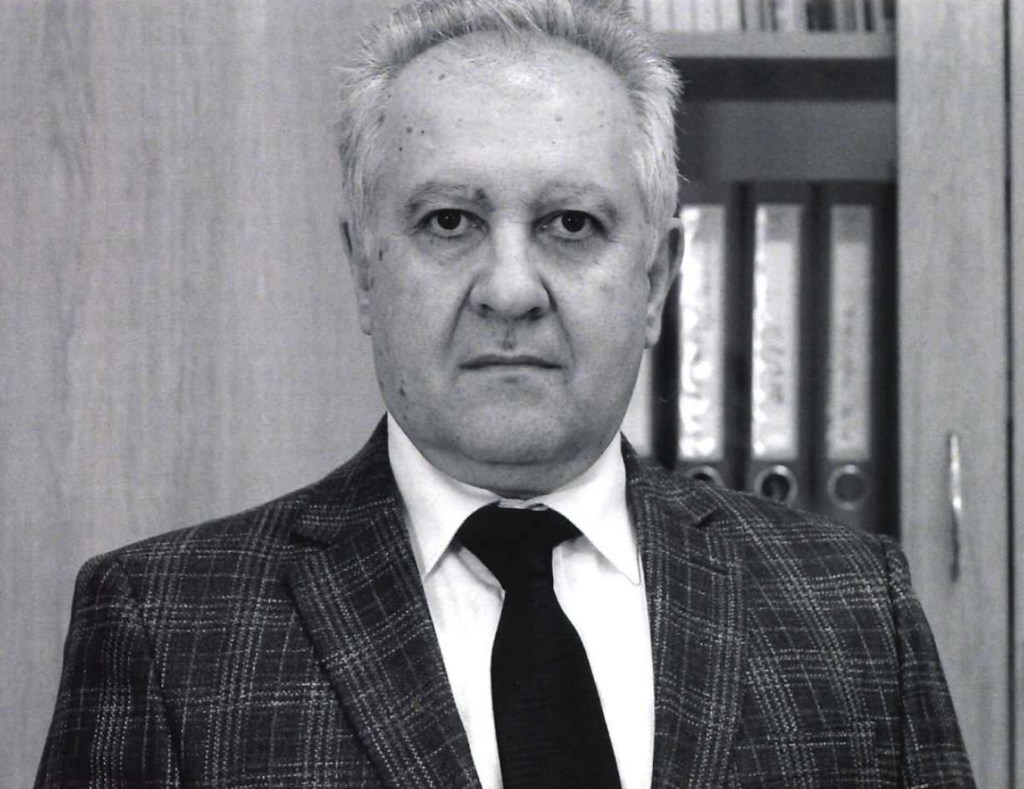
Photo credit: Benjamin Bledea for Meta Spatiu contemporary art gallery
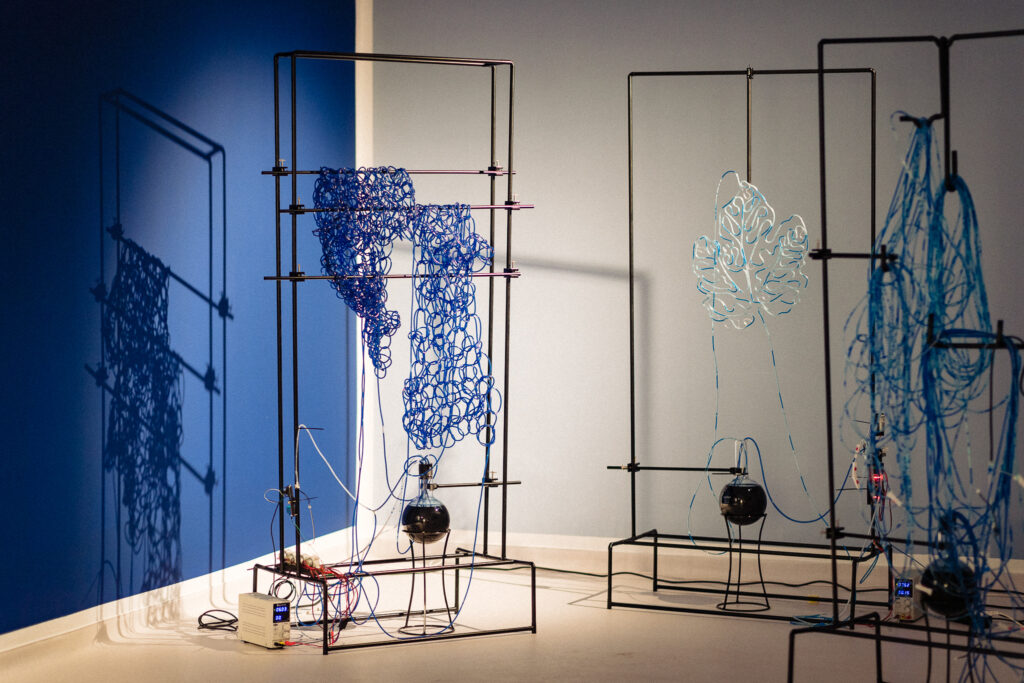
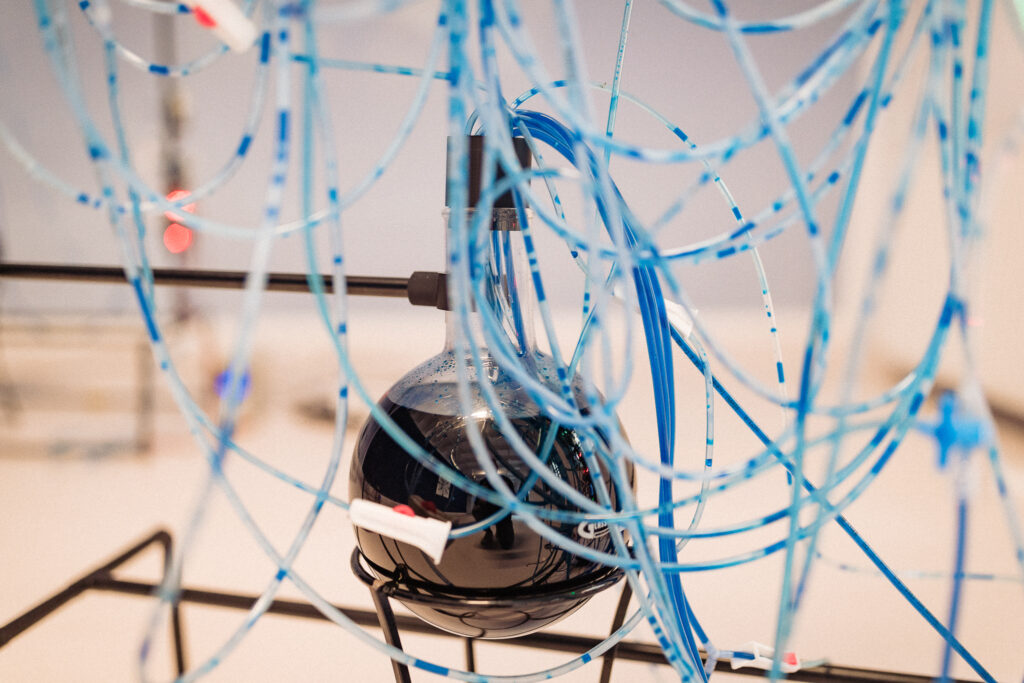
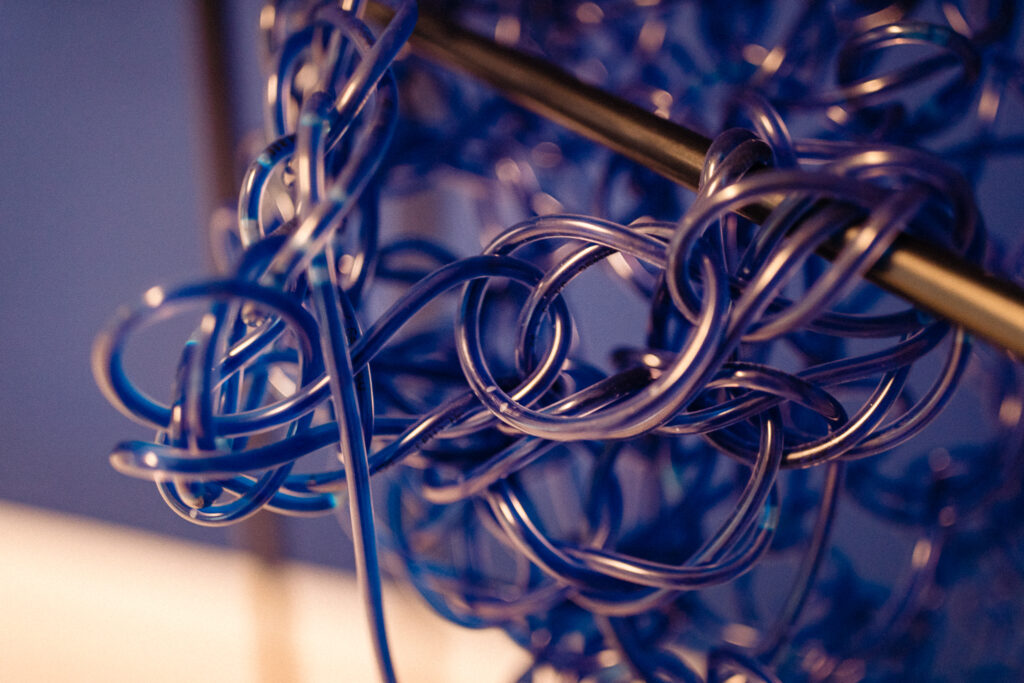
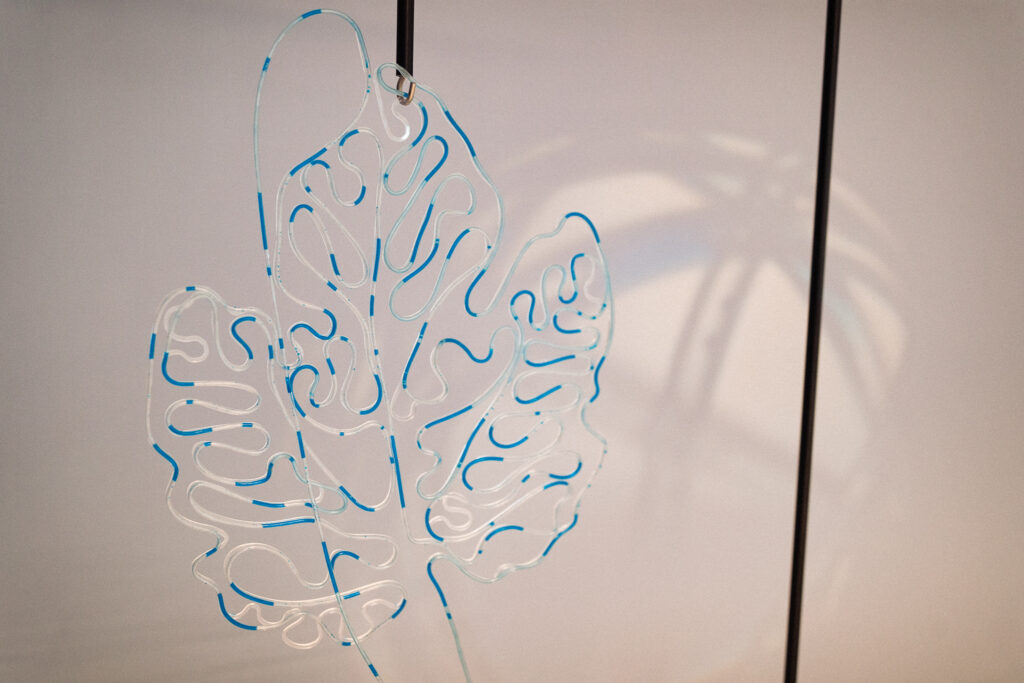

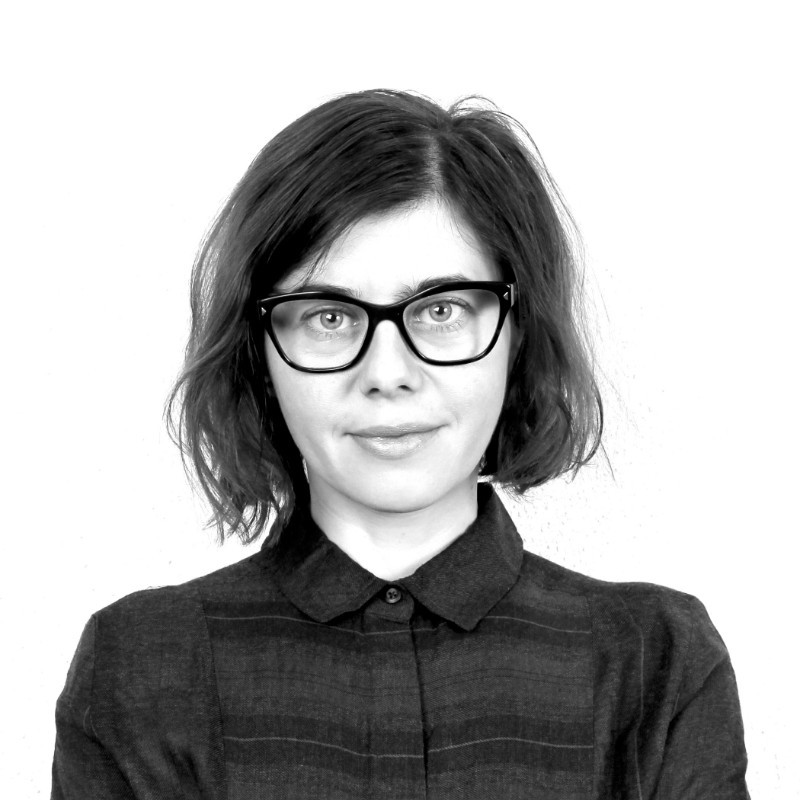
Floriama Căndea is a Bucharest-based visual artist engaged in objects and our perception of objects by media and methods of all sorts. Her toolkit is diverse and (even) opportunistic. She devises kinetic and video installation, makes objects, mixes drawing and printing, as well as creates visuals by using bio-based materials. Generally, her art uses the aesthetics of scientific imagery (visual classification scheme, (altered) macro photography), and other scientific research tools which can be converted as artistic practices.
All these methods are unified by a simple and general idea: the visual identity of an object is a continuous process, not a static given. Classifying and identifying types of objects is not a conceptual ability, but rather an acquired visual discourse. As she wonders about how passive or active we are to objects visual identities, she investigates ways of deconstructing and reconstructing all these layers of visual meaning. She is keen on blurring boundaries – between reality and fiction, between natural and artificial, between part and whole
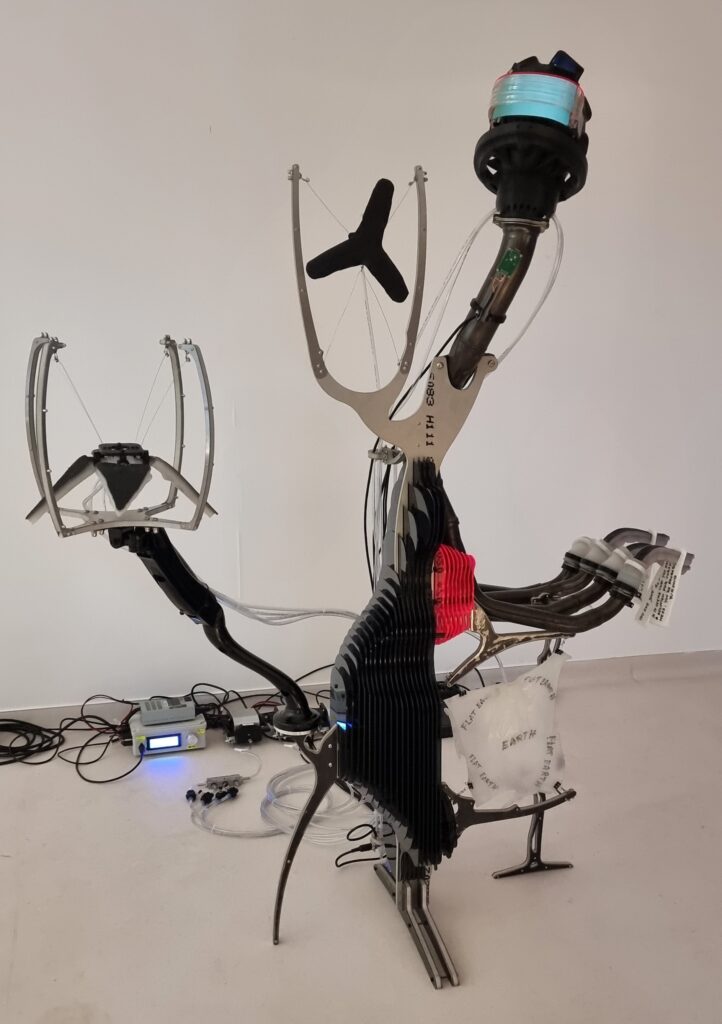
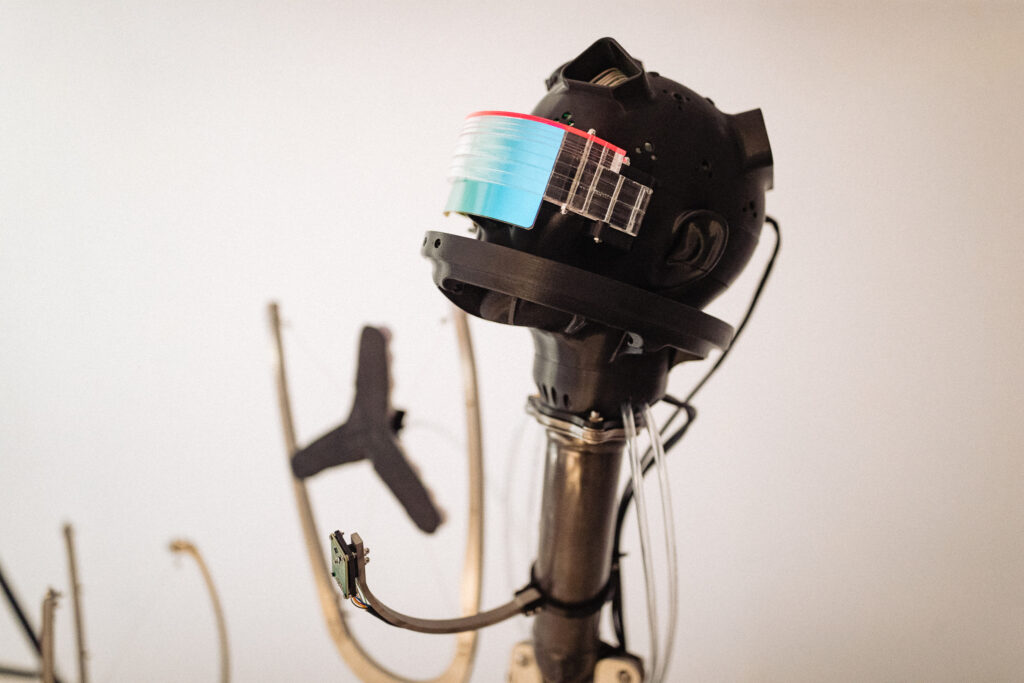
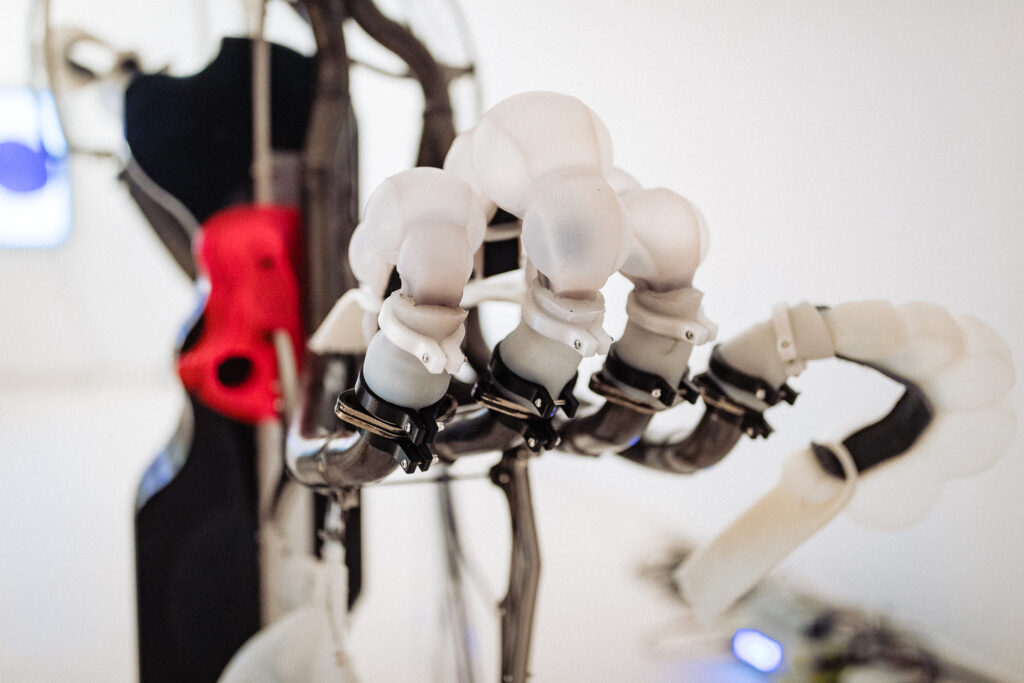
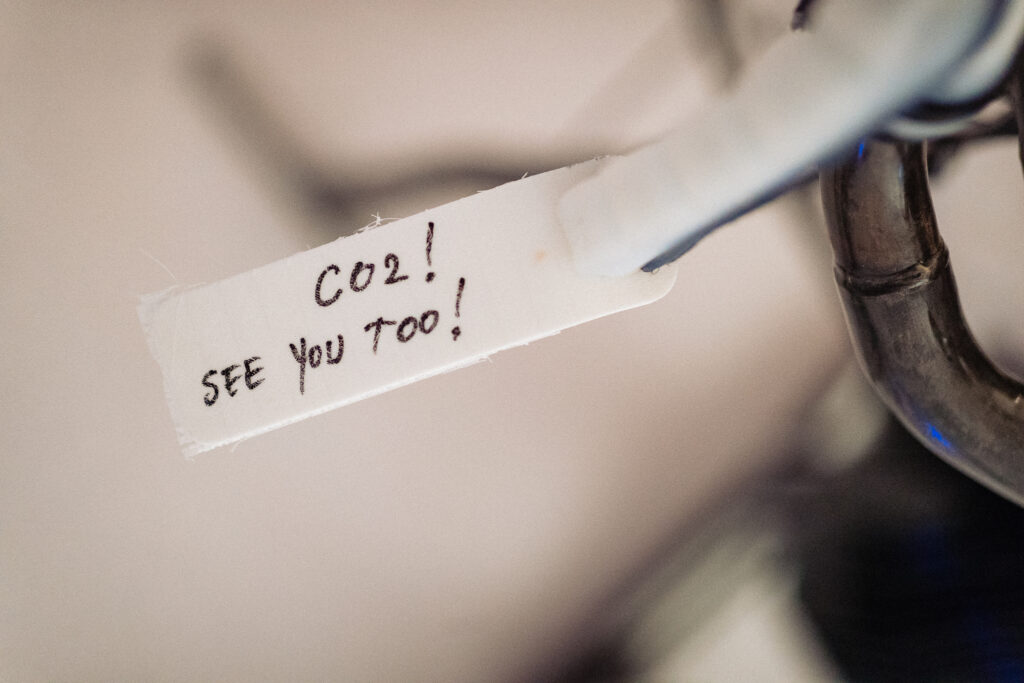
Cosmin Haias – artist and engineer, observer and part of the endless experimental field of humanity. He is testing cross-disciplinarity but also the crossroads of art and activism, interpreting ideas, trying to imagine situations, objects and surroundings as a temporal visitor of this time and space. He is looking for the hidden site-seeing of life and society, imagining a “good” reason for bothering nature and the non-humans neighbors around. If the world were a road, he would be a scratcher in the road in the name of art, basically destroying the road instead of repairing it or building a smooth one.
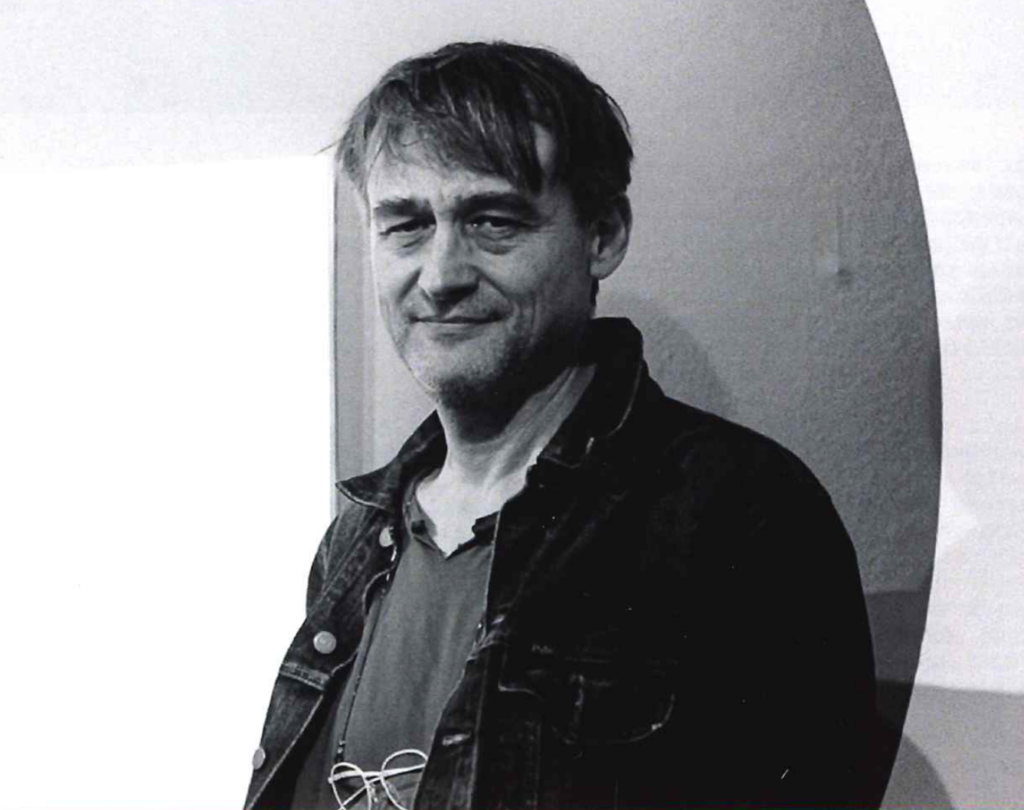
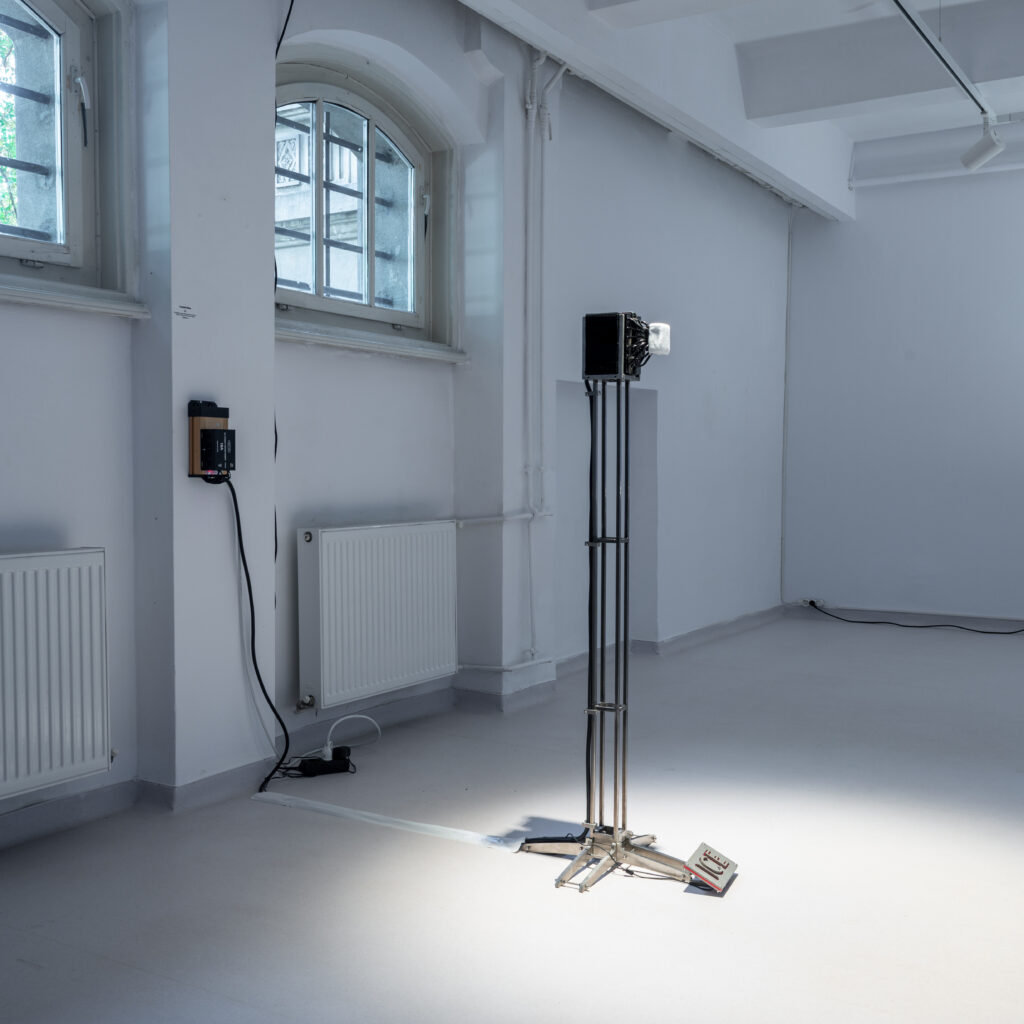
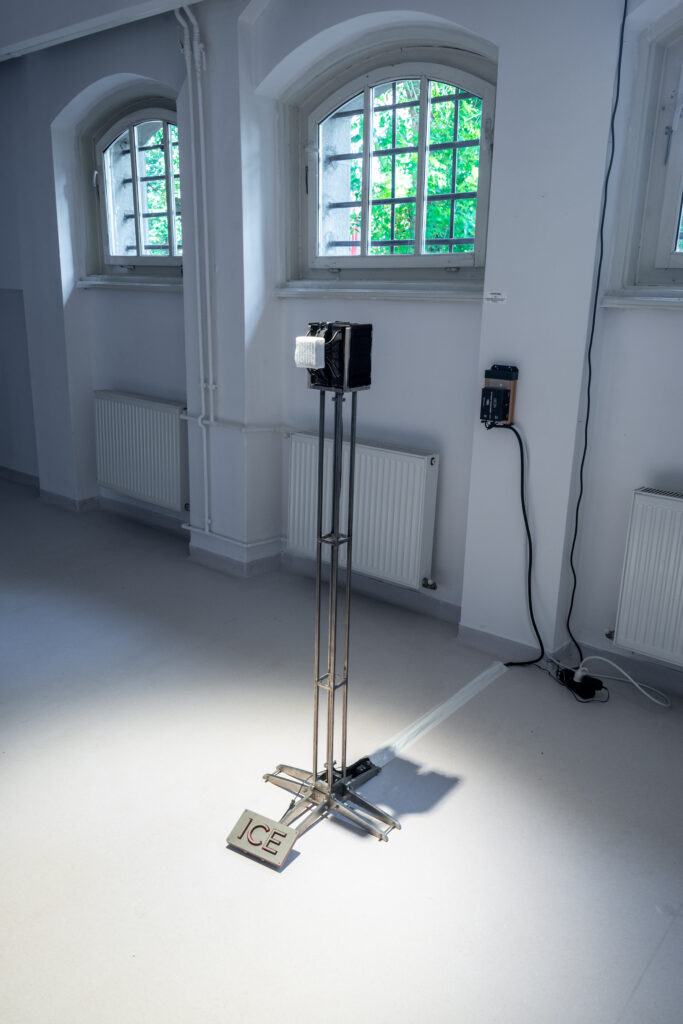
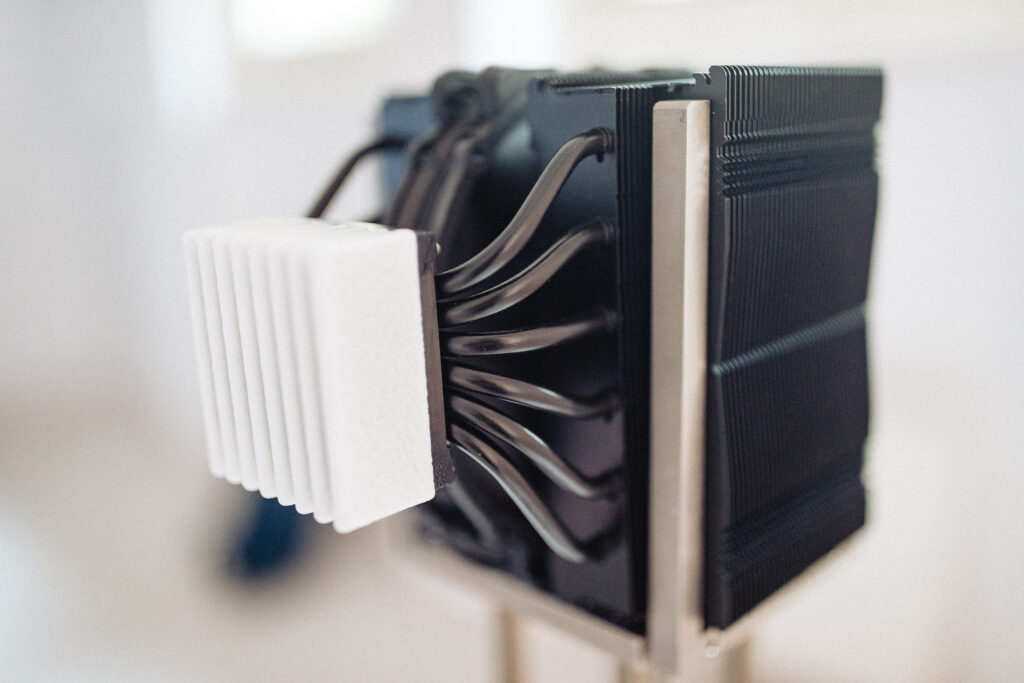
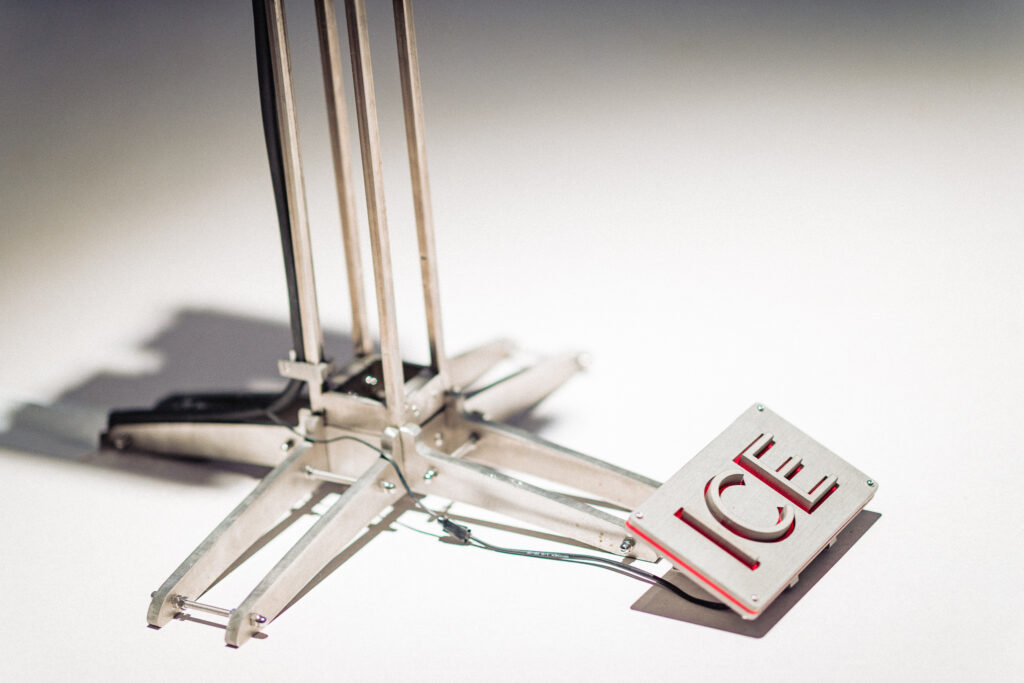
Cosmin Haias writes about his creation “ICE”:
Made on the occasion of the project “POROUS MATTER. Void fraction in materials, ideas and society” – MV sci-art gallery, curator Mirela Stoeac-Vladuti, the “ICE” work anticipates the furnishing of future museum spaces with natural elements on the verge of extinction or already disappeared rather than those created by man. The culture and the intellectual challenges that visiting museums and galleries can generate for you today will be replaced by the desire to recover formerly banal phenomena or at least remind them. Ice or snow could take the place of Mona Lisa in a world where sand and heat are the new normal.
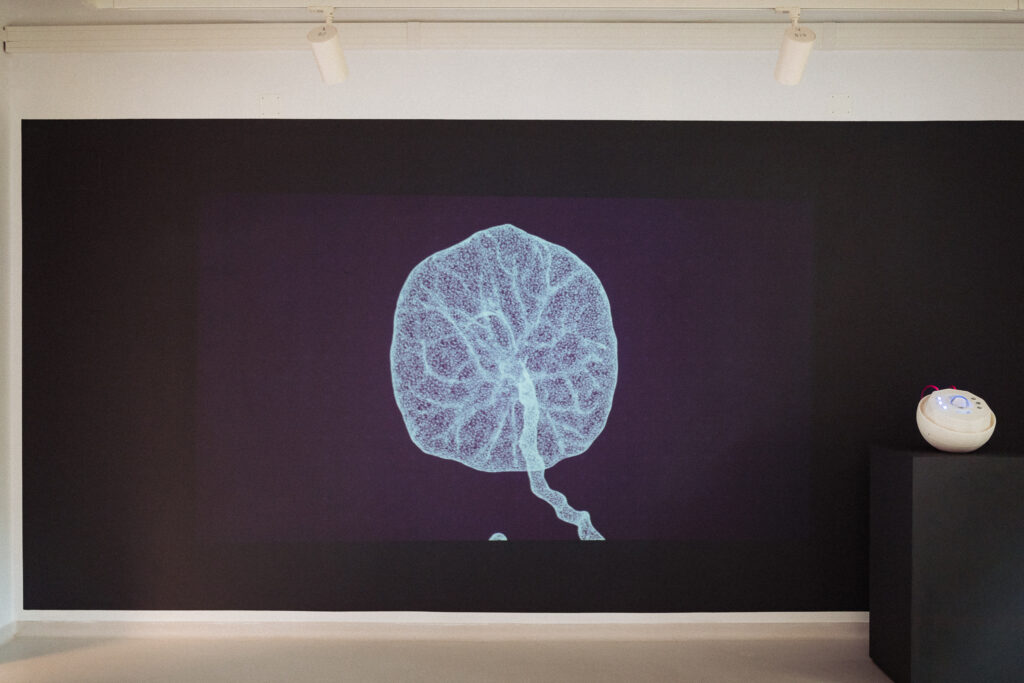

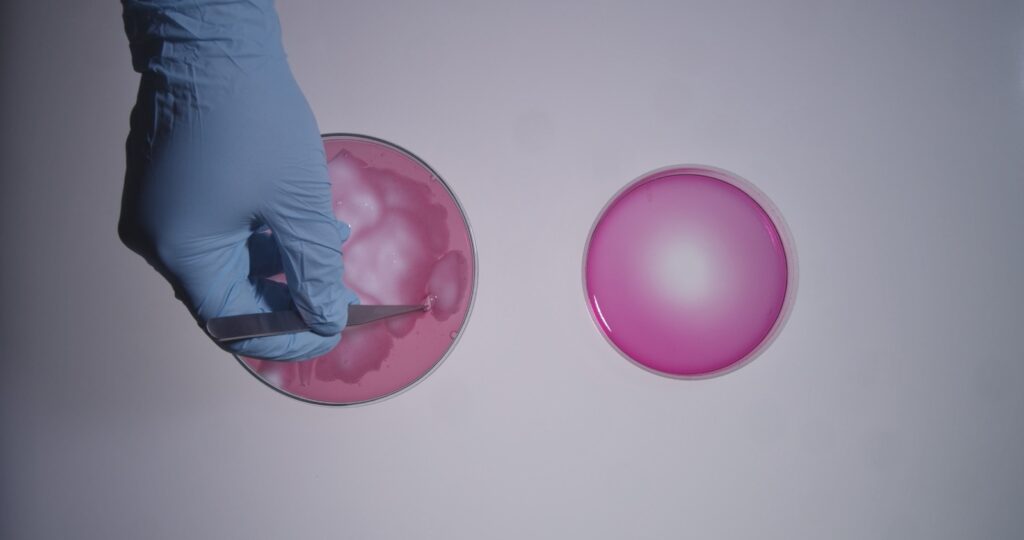
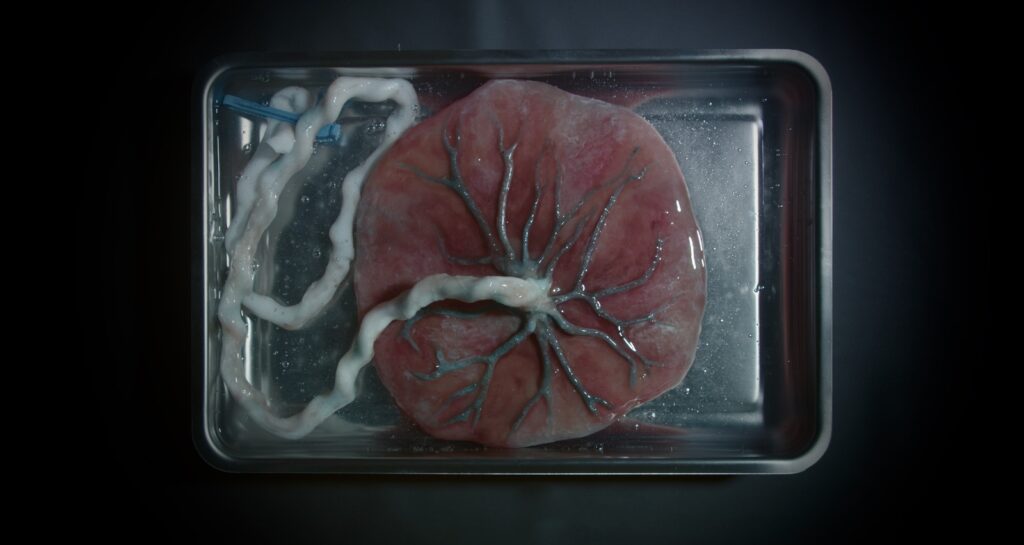
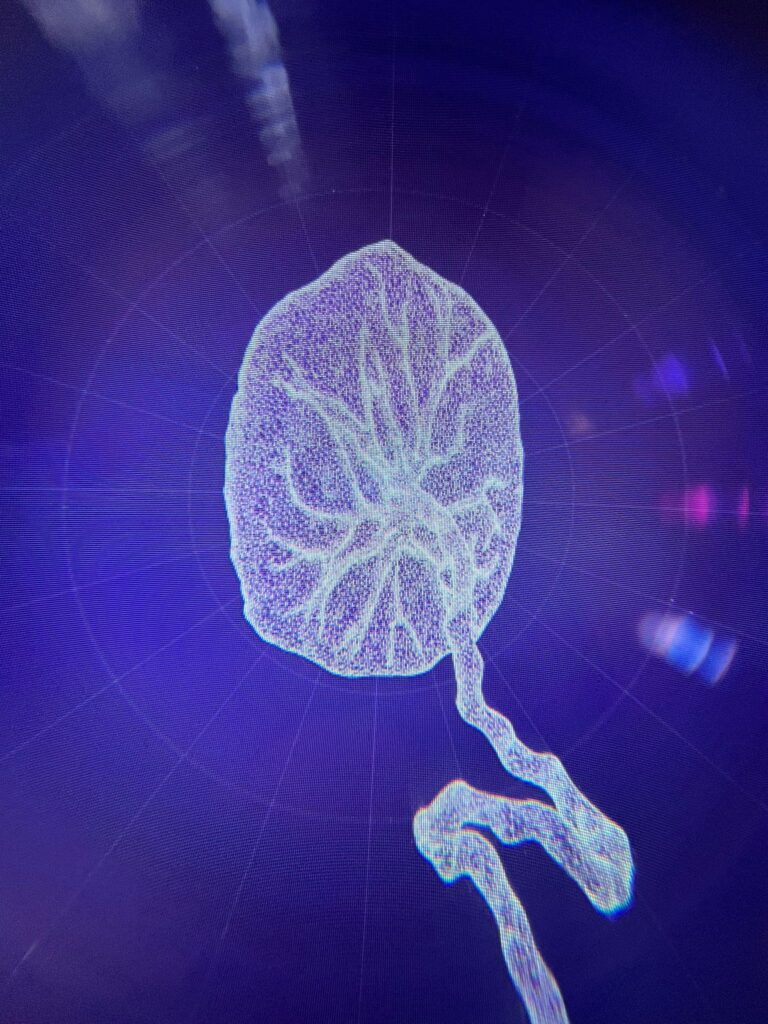

María Castellanos is an artist and researcher working at the intersection of art, science, technology and society. She is currently working as a postdoc researcher at Oslo Metropolitan University, in the framework of FeLT Project – Futures of Living Technologies – She holds Bachelor’s degree and a Doctorate in Contemporary Arts Practices from the University of Vigo (ES), with an Extraordinary PhD Award 2016. Her dissertation entitled “The bionic skin. Technological Membranes as Body Interfaces in Artistic Practice” focuses on technological prosthesis, more specifically in hybridizations between cyborgs and wearables as a paradigm of extending human sensorial capabilities.
Her work won awards like Leonardo Grant for Researchers and Cultural Creators by Fundacíon BBVA (2020) VERTIGO STARTS (2017), a prize granted under the aegis of EU-Horizon 2020, an initiative led by the Centre Pompidou and IRCAM, Paris, and the Fraunhifer, Gesellschaft, Germany, to foster collaboration between art practitioners and R&D projects. In 2016 she was awarded the Antón Scholarship for Sculpture Research from the Museo Antón in Candás (Spain). Also in 2016 she was nominated for the STARTPrize’ 16 at Ars Electronica, Linz (Austria) and the Japan Media Arts Festival, Tokyo (Japan).
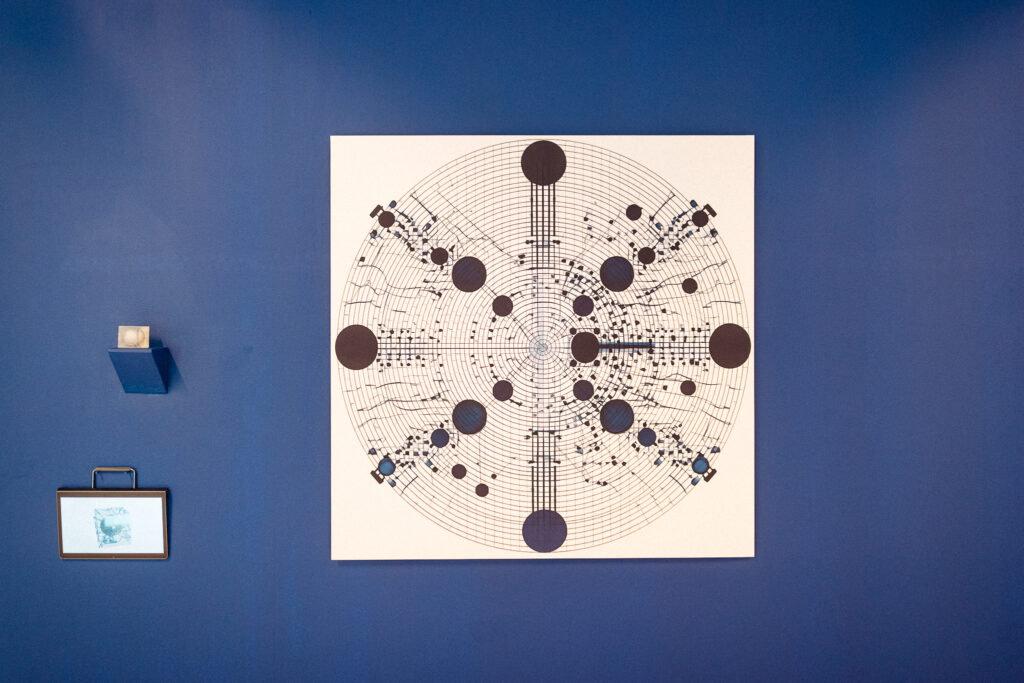
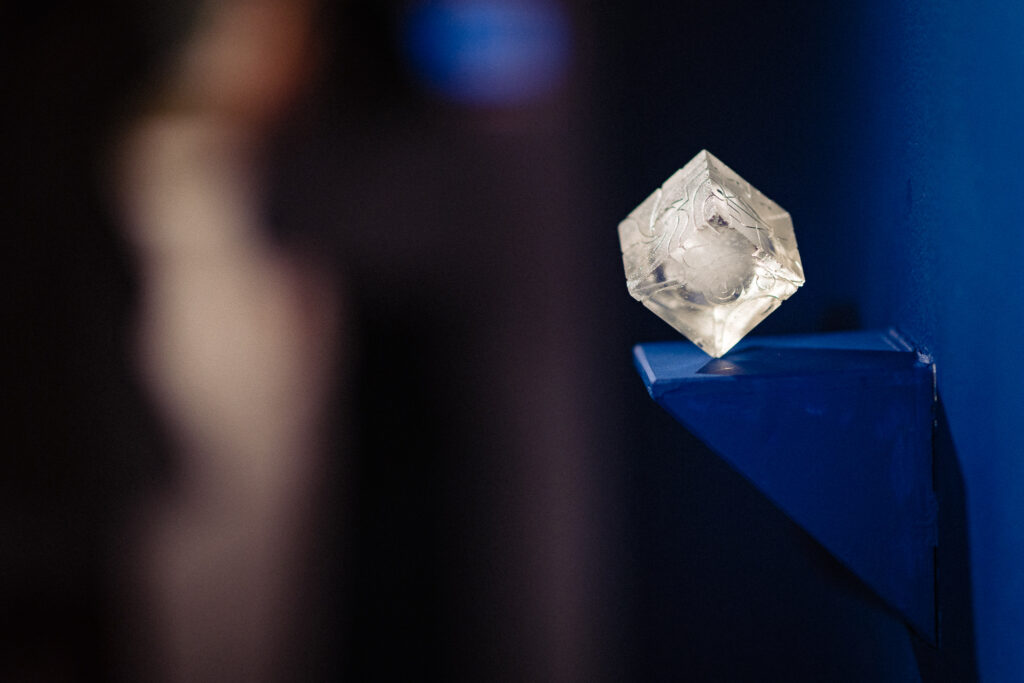
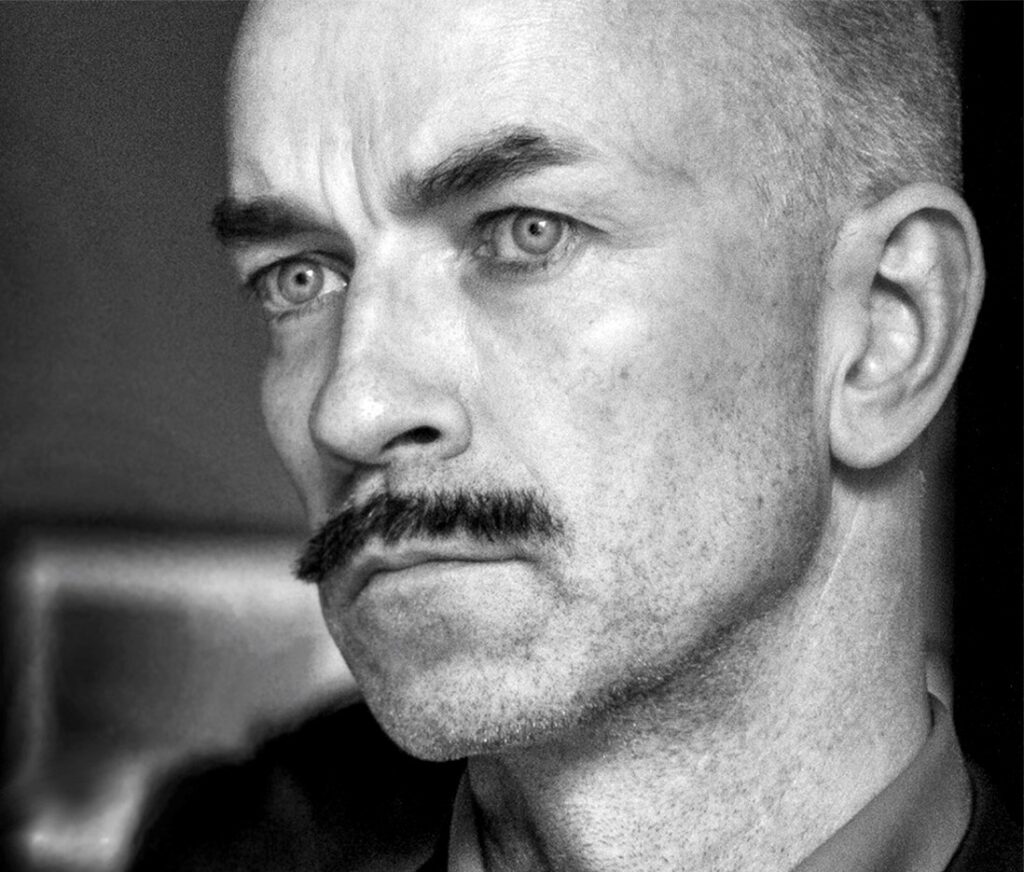
Stahl Stenslie is an artist, curator and researcher, specializing in experimental art, embodied experiences and disruptive technologies. His research and practice focus on the art of the recently possible – such as panhaptic communication, somatic sound and holophonic soundspaces; disruptive design for emerging technologies. He has been exhibiting and lecturing at major international events (ISEA, DEAF, Ars Electronica, SIGGRAPH) and moderated symposiums like Ars Electronica (Next Sex), ArcArt and Oslo Lux. As a publisher he is the editor of EE – Experimental Emerging Art magazine, he has written numerous scientific articles and co-founded the Journal of Somaesthetics. Former professor in new media at the Academy of Media arts, Cologne; the Oslo National Academy of the Arts; at Aalborg University (DK). Currently head of R&D at Arts for Young Audiences Norway.

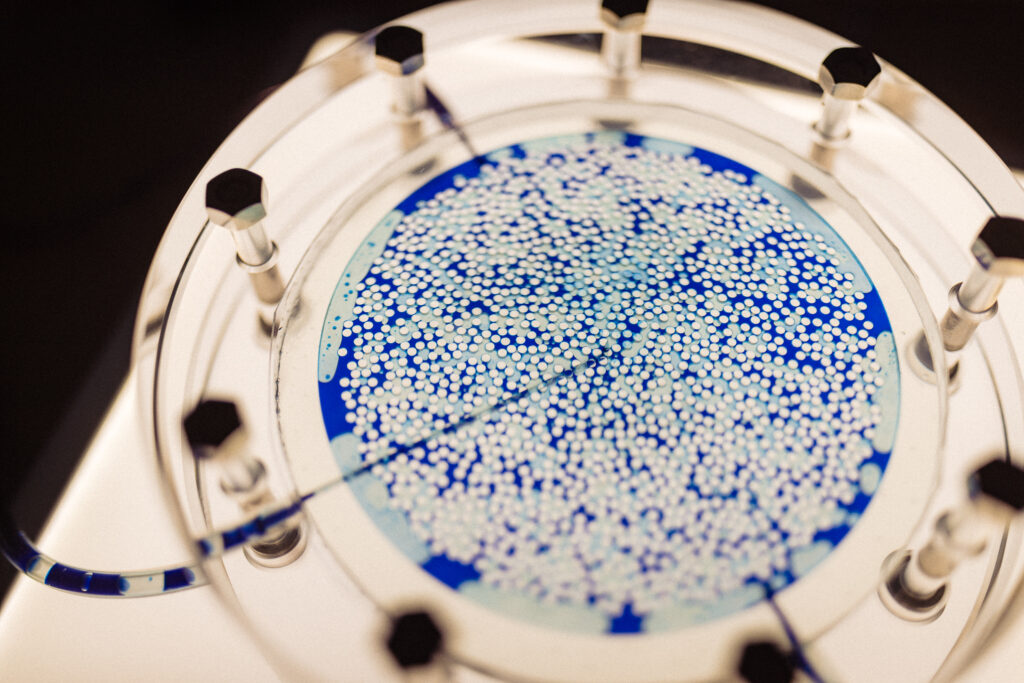
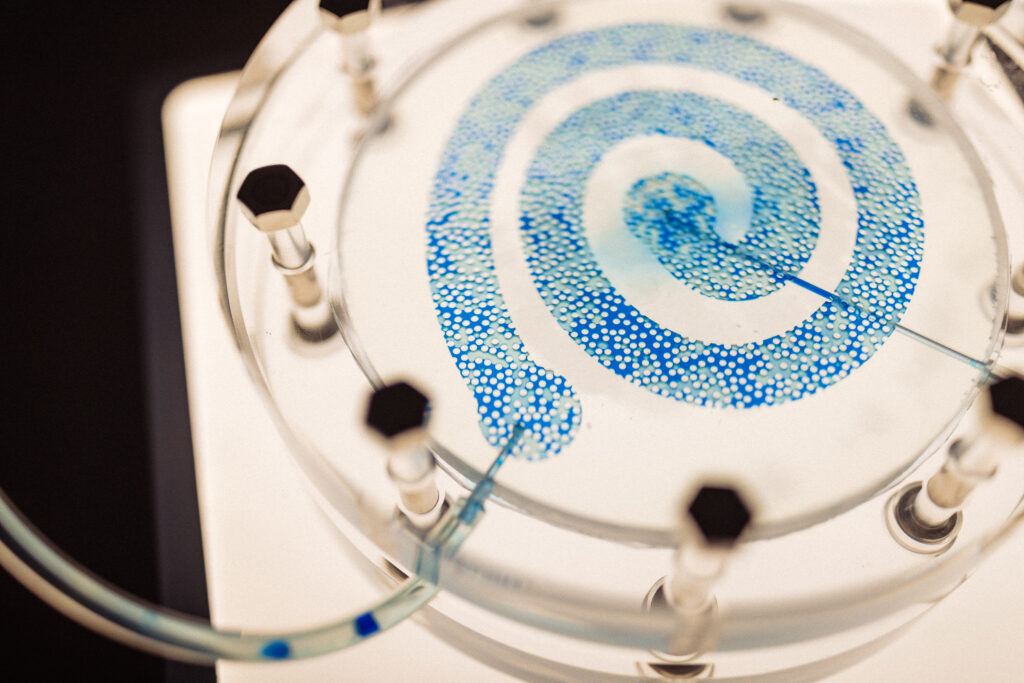
Marcel Moura is an experimental physicist at PoreLab UiO. He presented 2 experiments at POROUS MATTER:
Porous materials are all over us. they are the soil where we grow our crops, the bricks used to build our houses and the canvases where we paint our paintings. We are surrounded by them. More than that: we are them. Our bones are porous, our skin is porous, the membranes around each and every cell in our bodies are porous . When we study porous materials, we study what’s in and out of us.
However, in addition of that, we believe those processes are also beautiful in their own right, and we hope to convince you about that. in this presentation we will show some experimental results performed at the Porous Media Laboratory in Norway, designed with the goal of observing and understanding the motion of liquids and gases through porous materials.
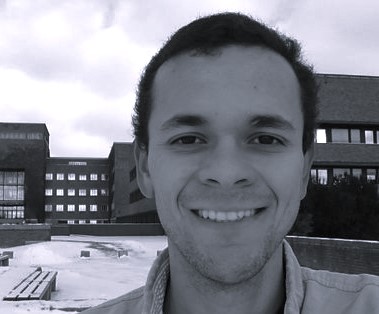
About the META FORUM event at MV sci-art center and META Spațiu
Prior to the exhibition opening, the international event Sci-art you life! took place in Timisoara, on September, 12th to 14th , 2023. Both Alex Hansen and Marcel Moura from PoreLab had a presentation.
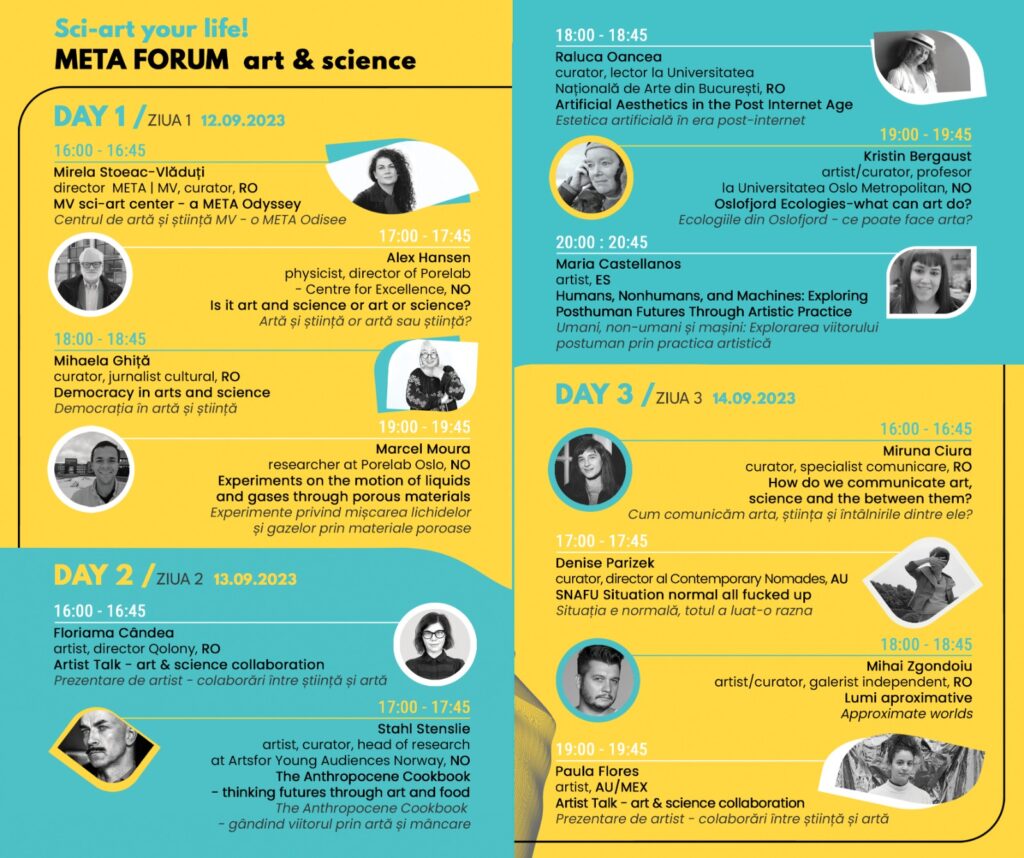
Gallery
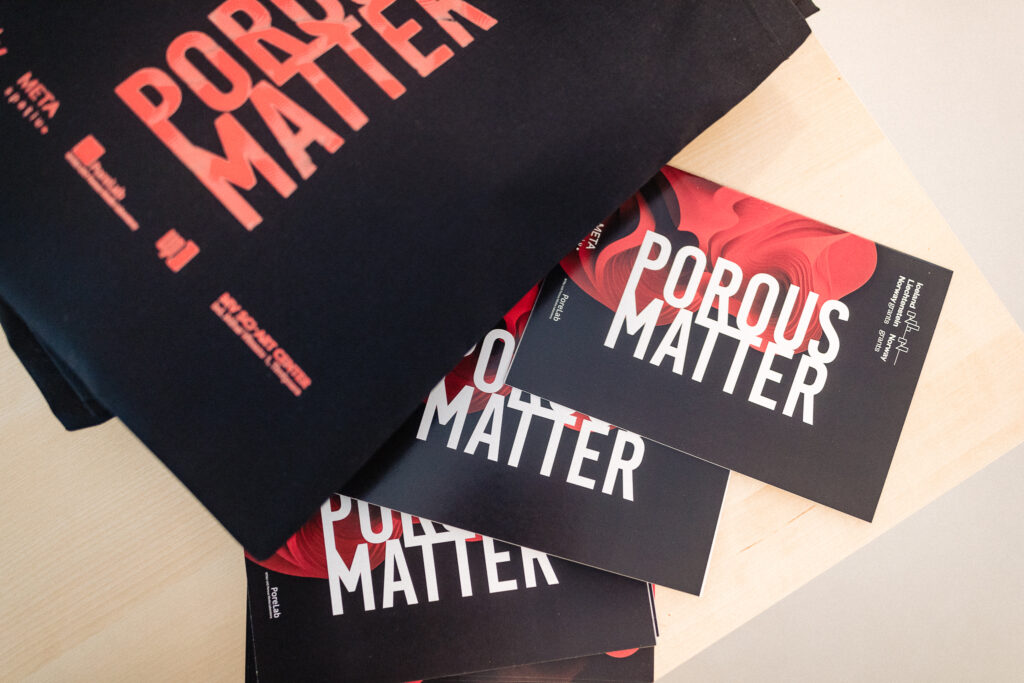
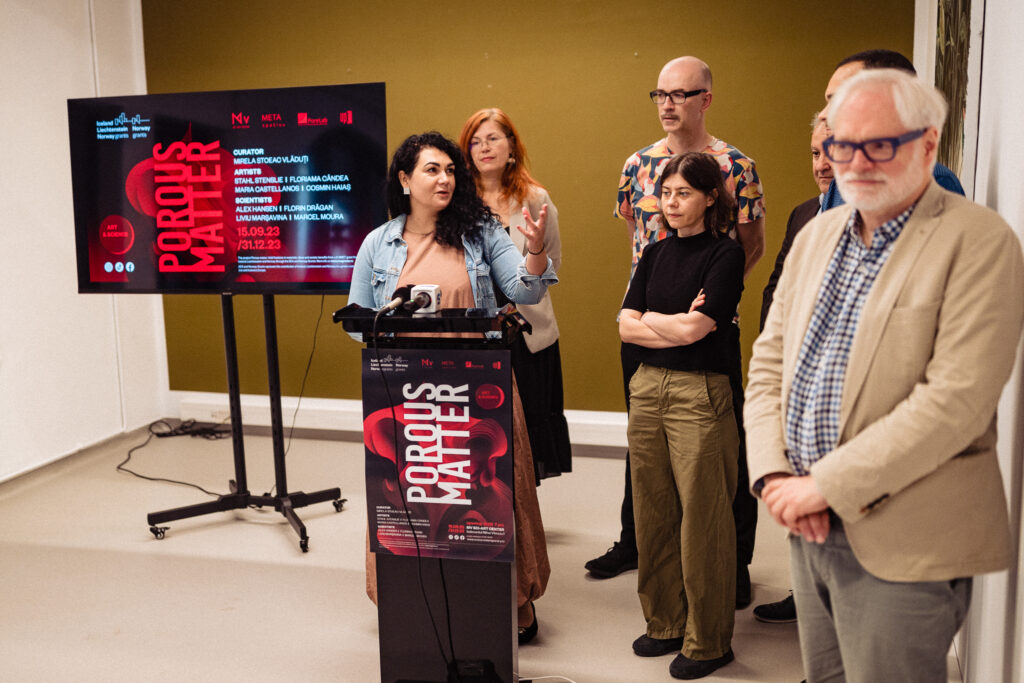
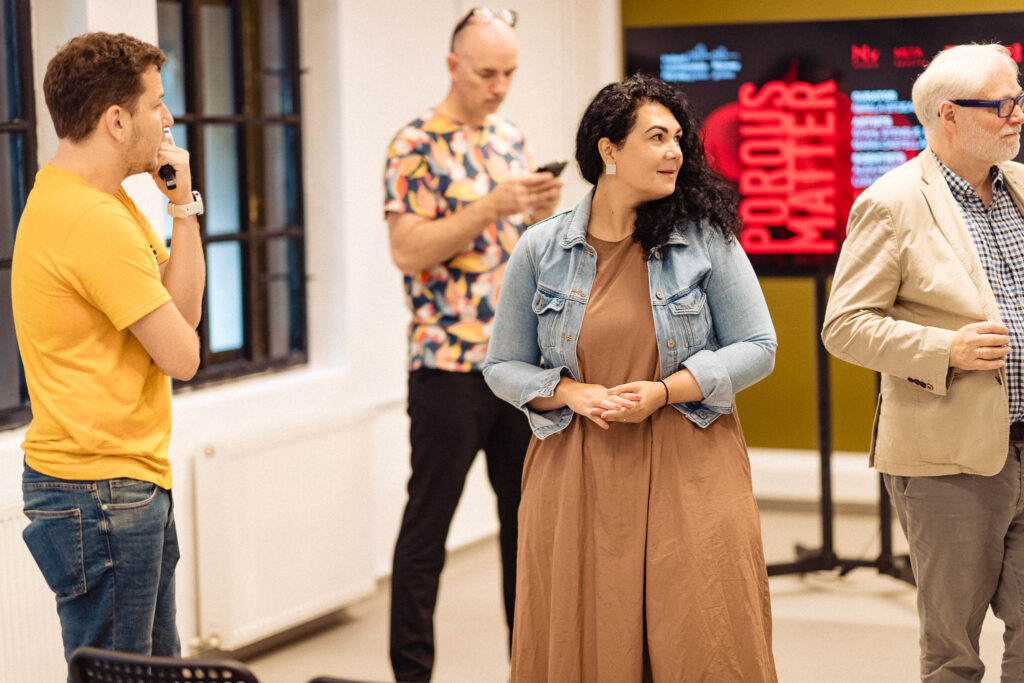


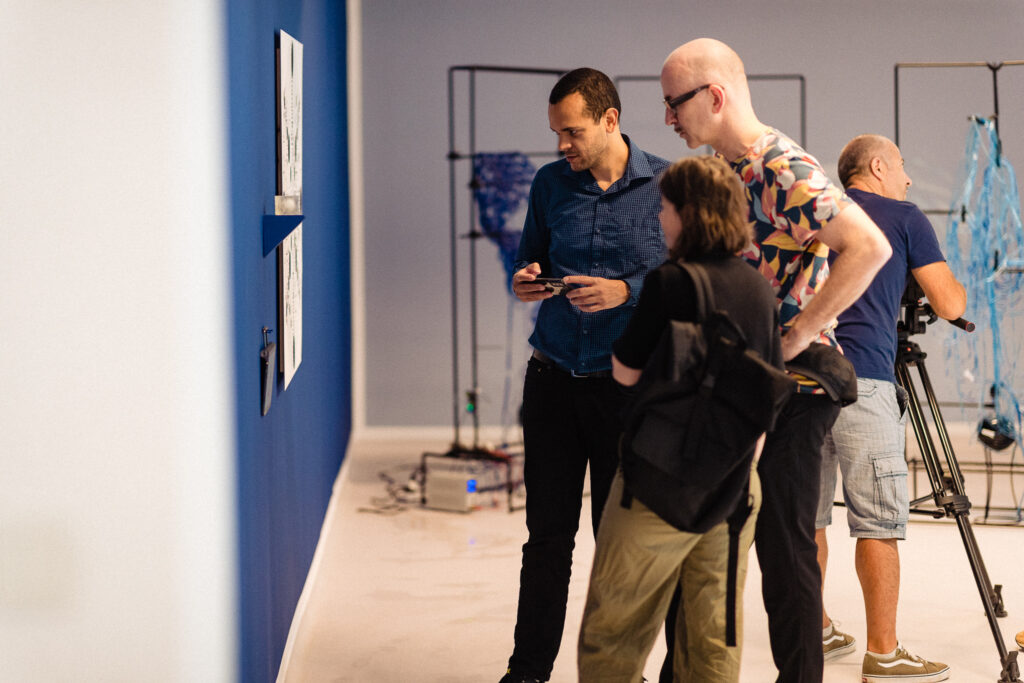

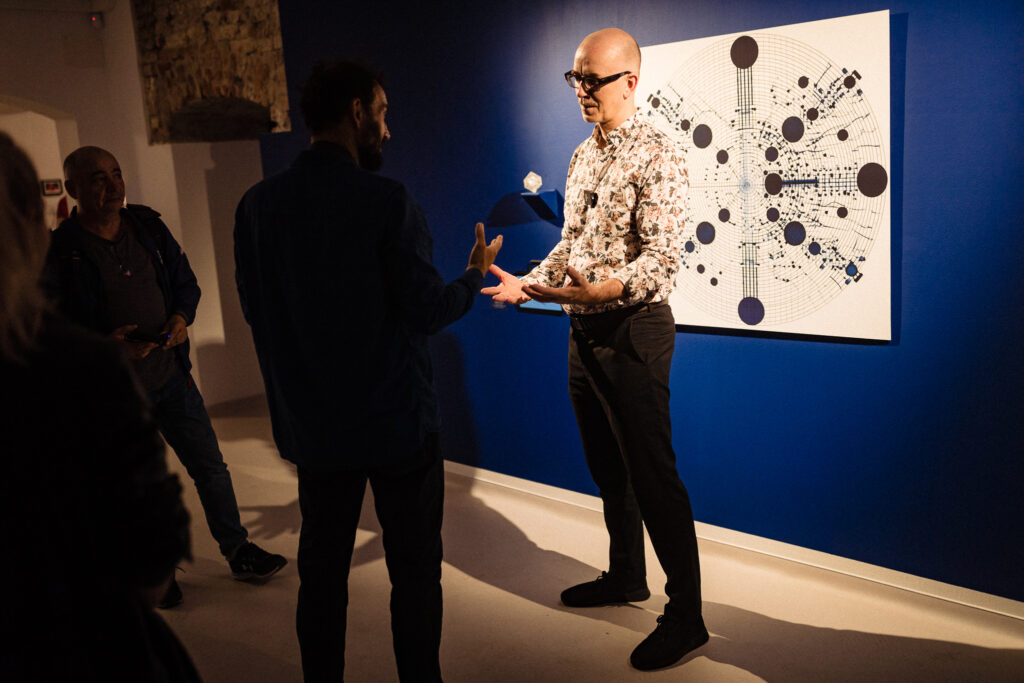

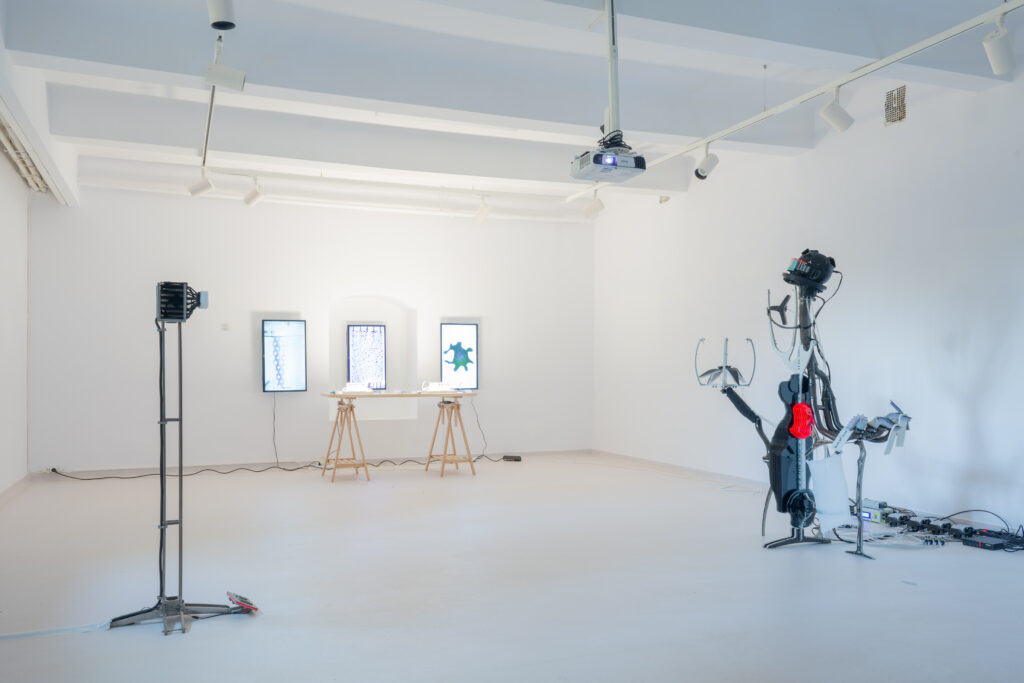
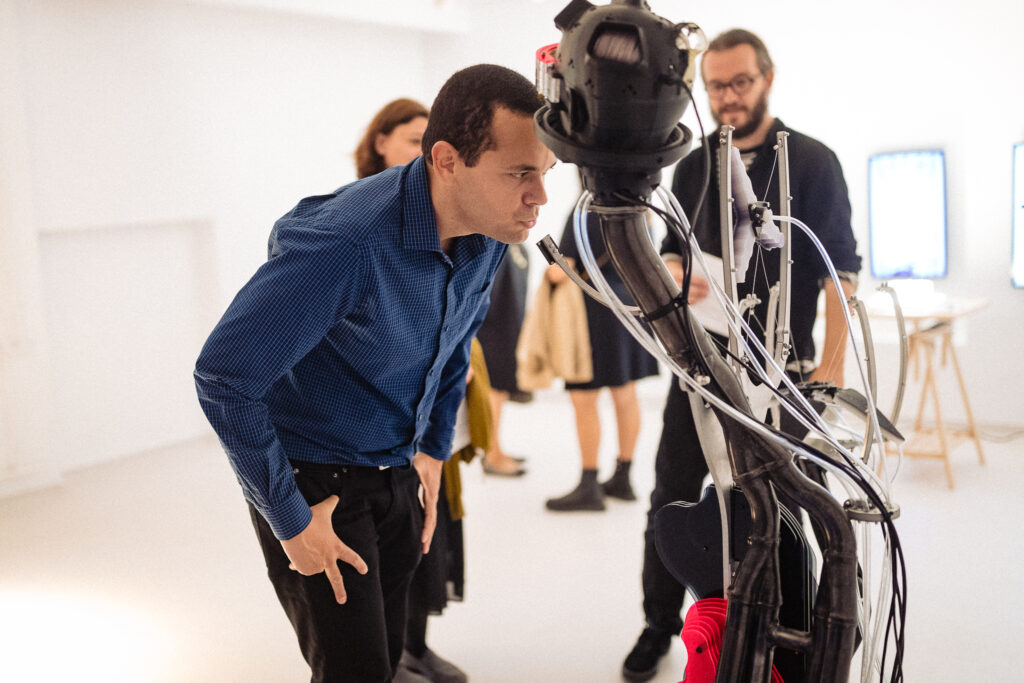
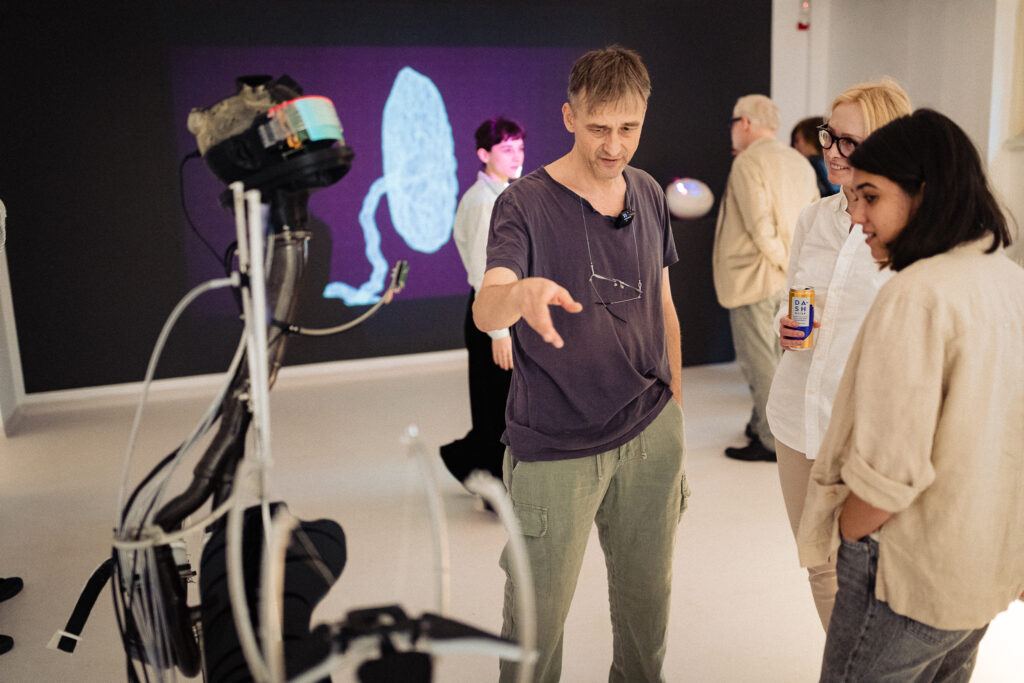
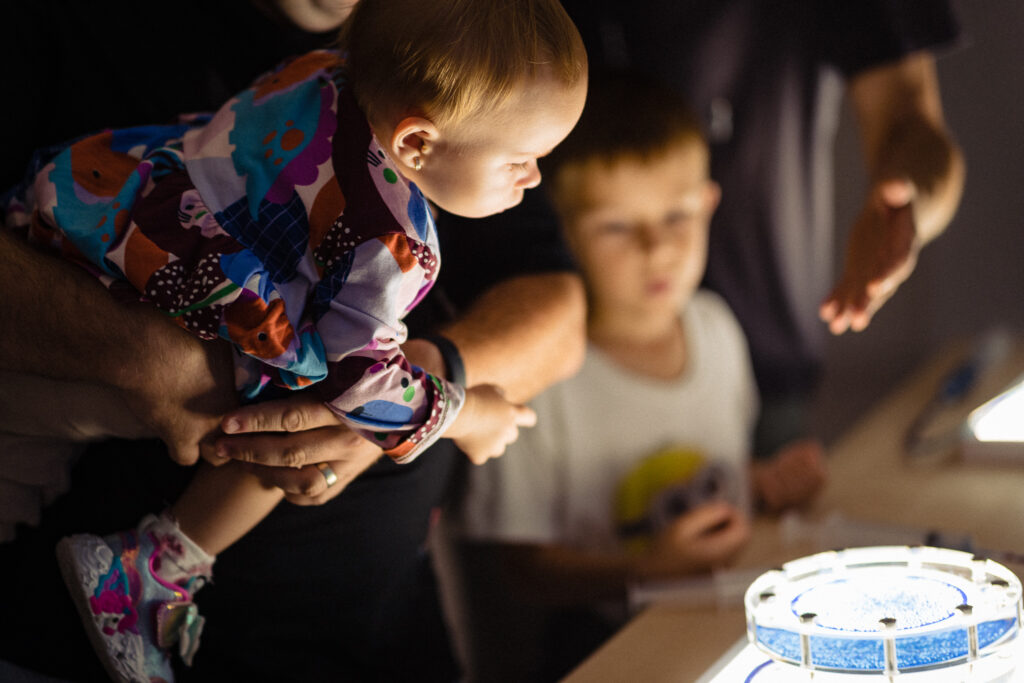
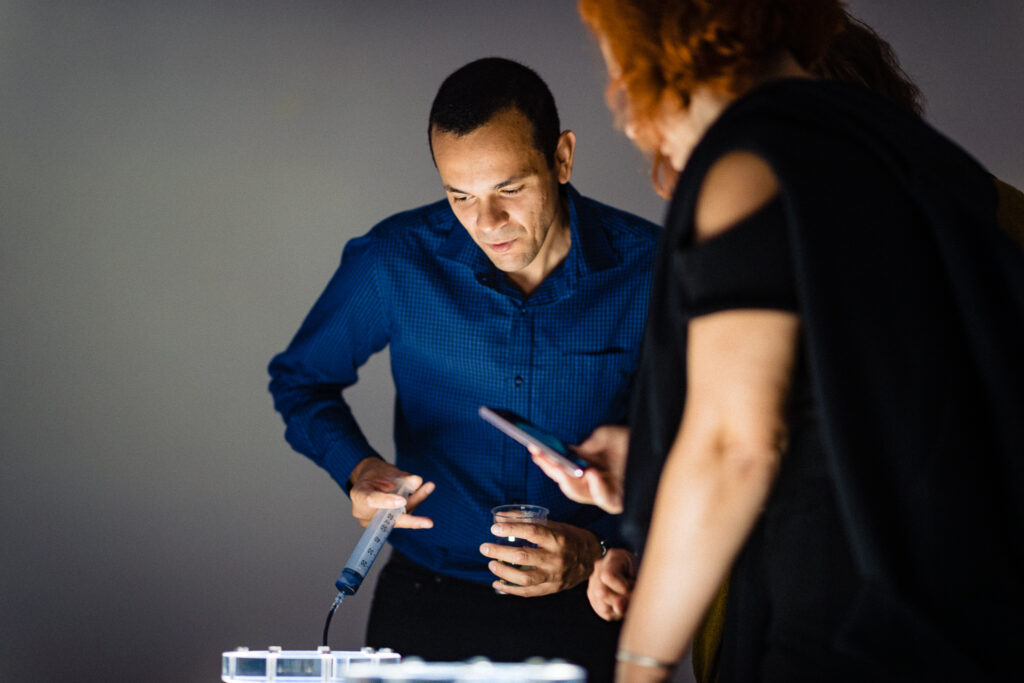
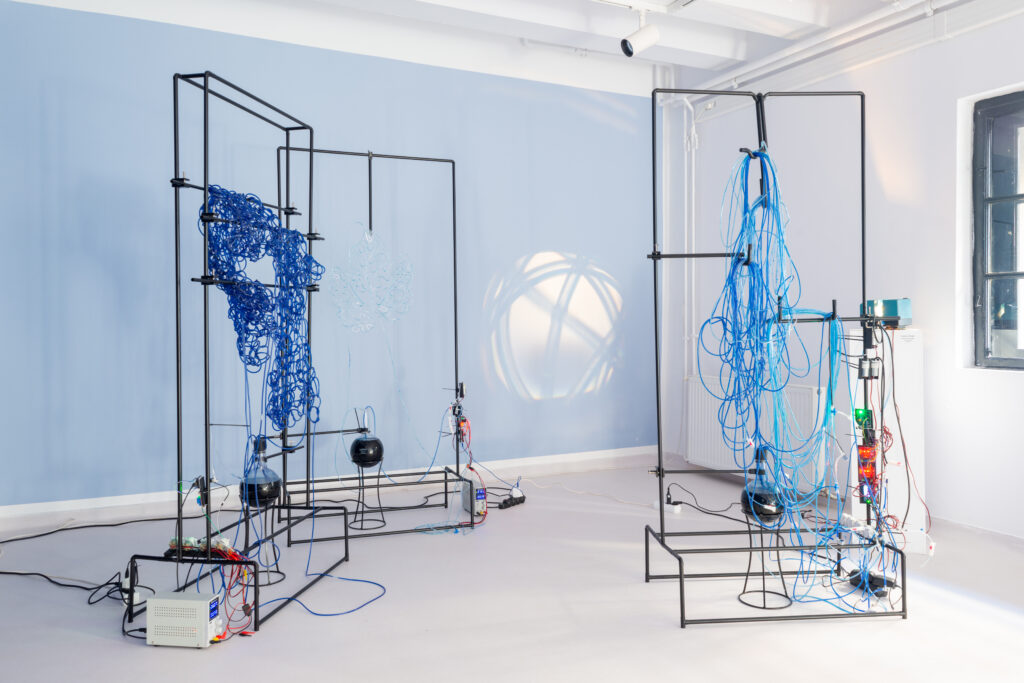
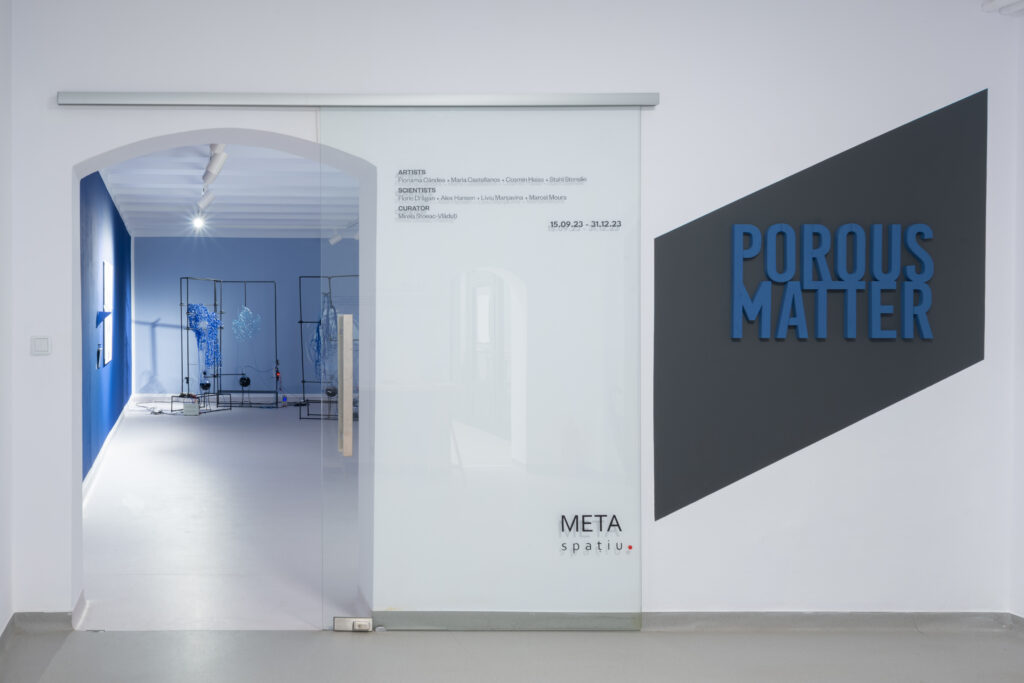
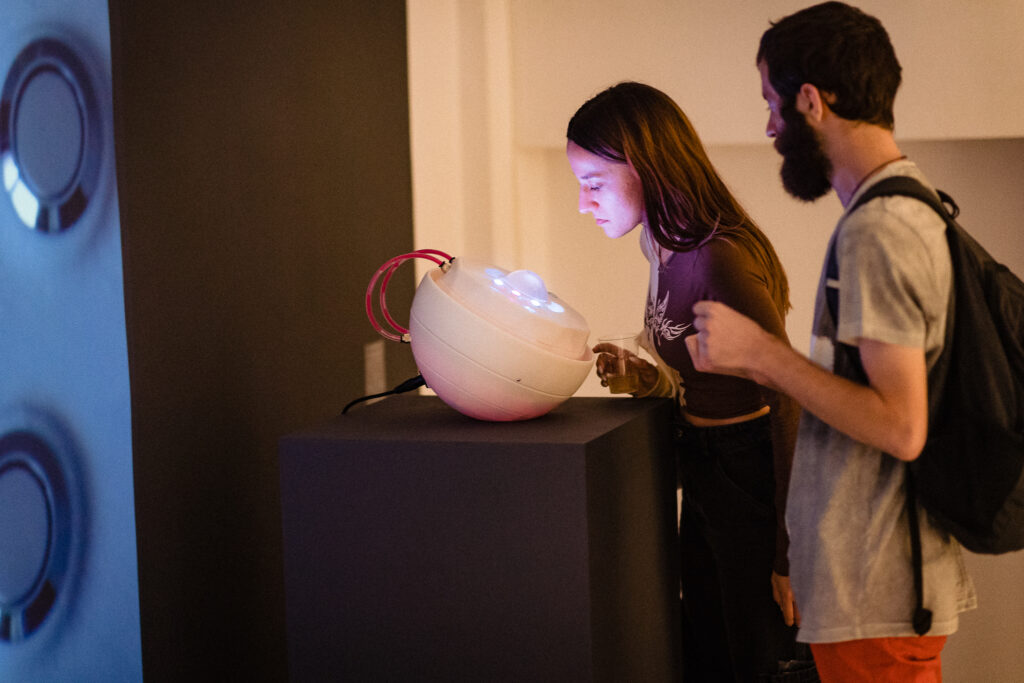
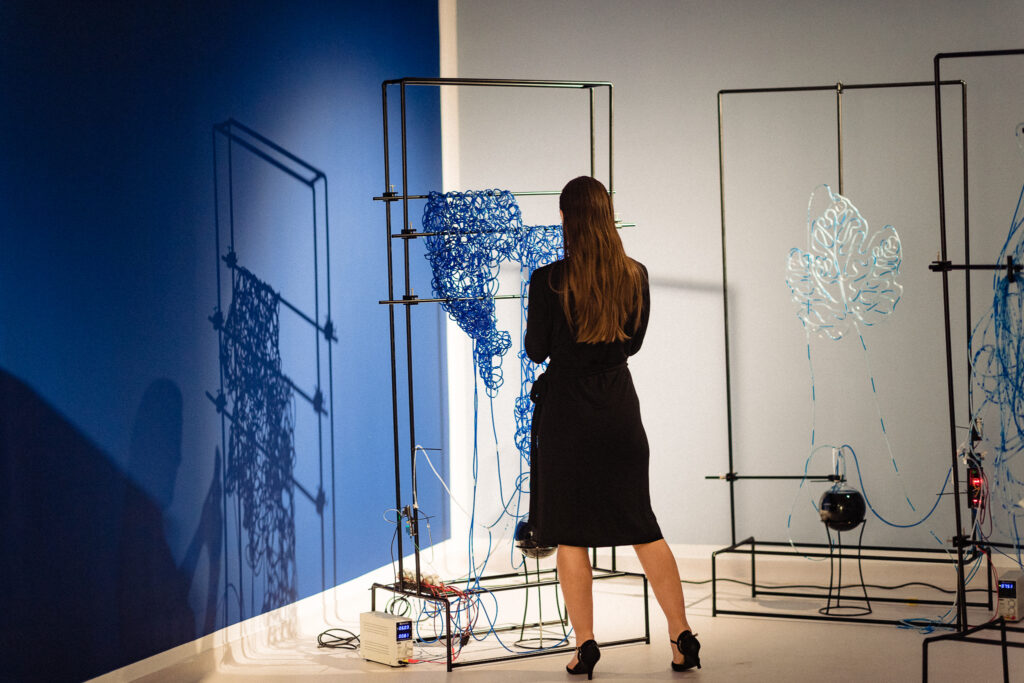
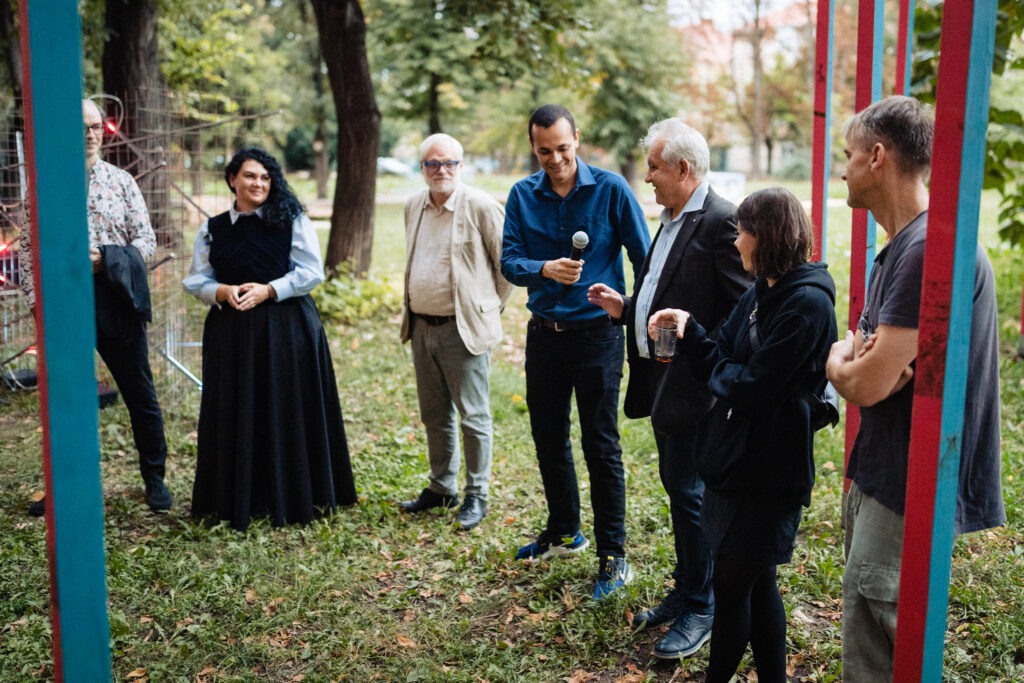

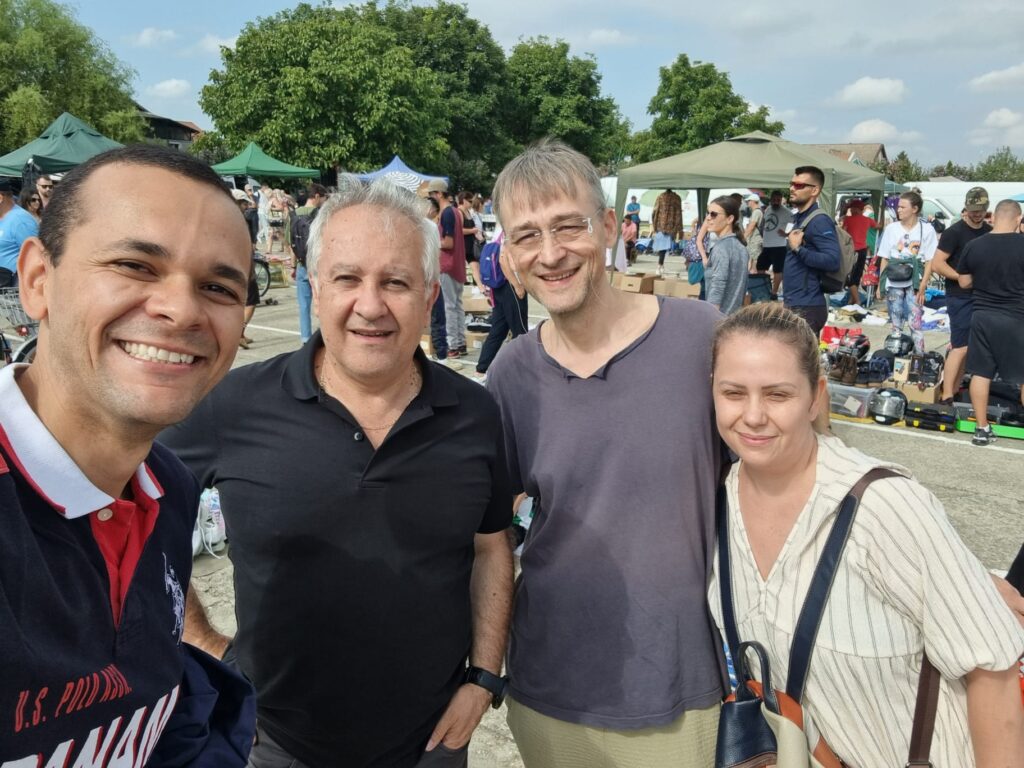
Photo credit: Benjamin Bledea for Meta Spatiu contemporary art gallery
